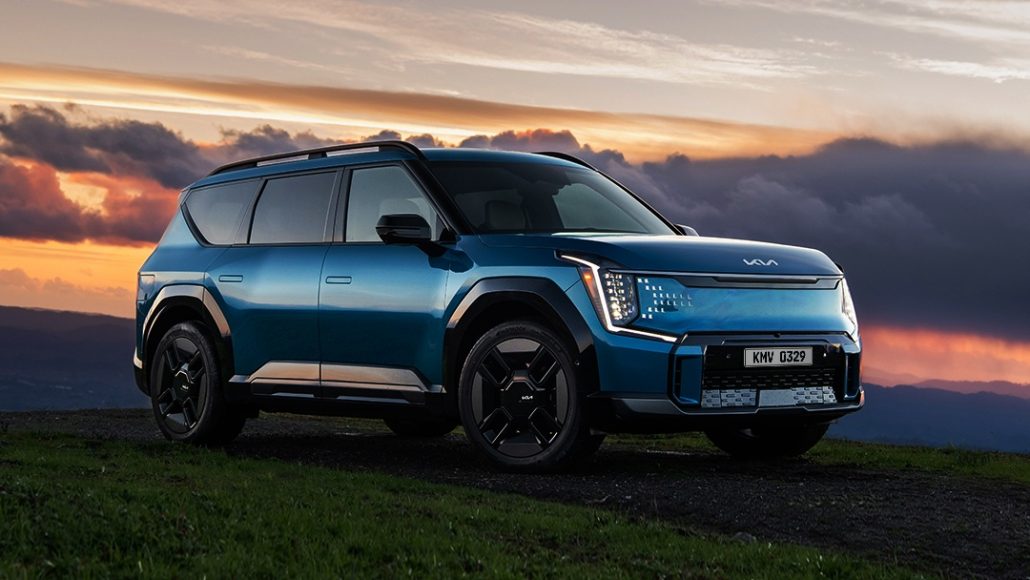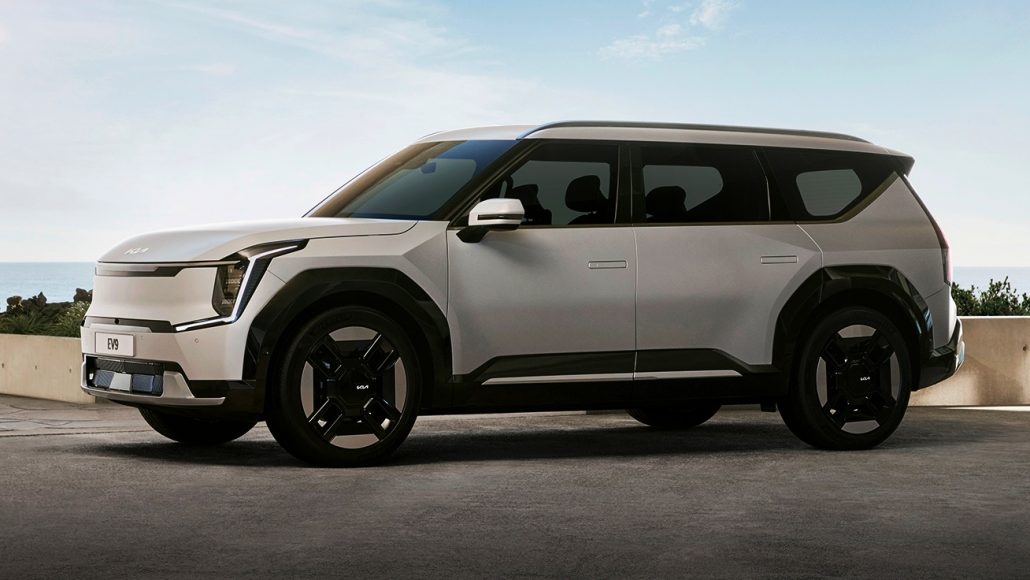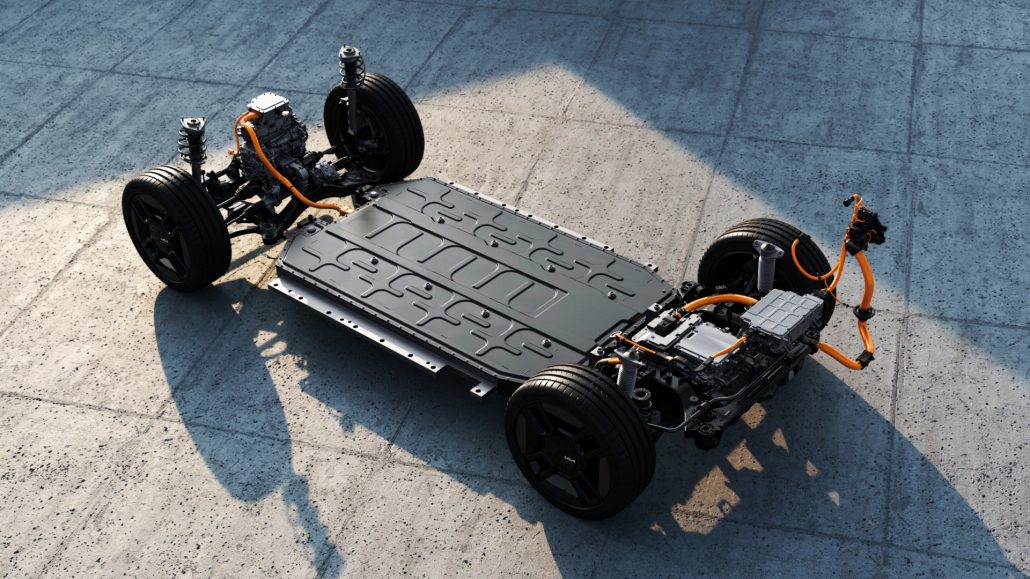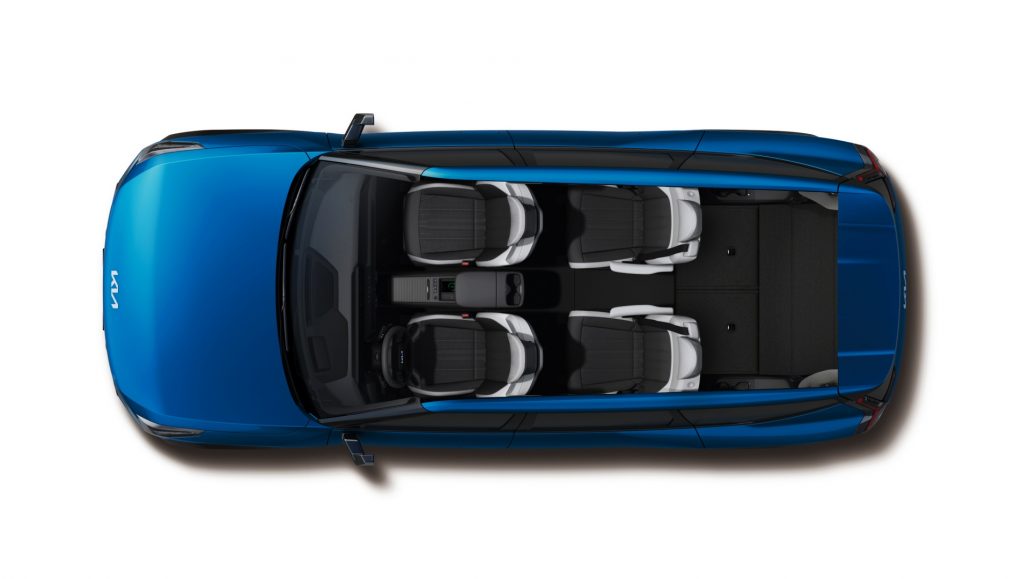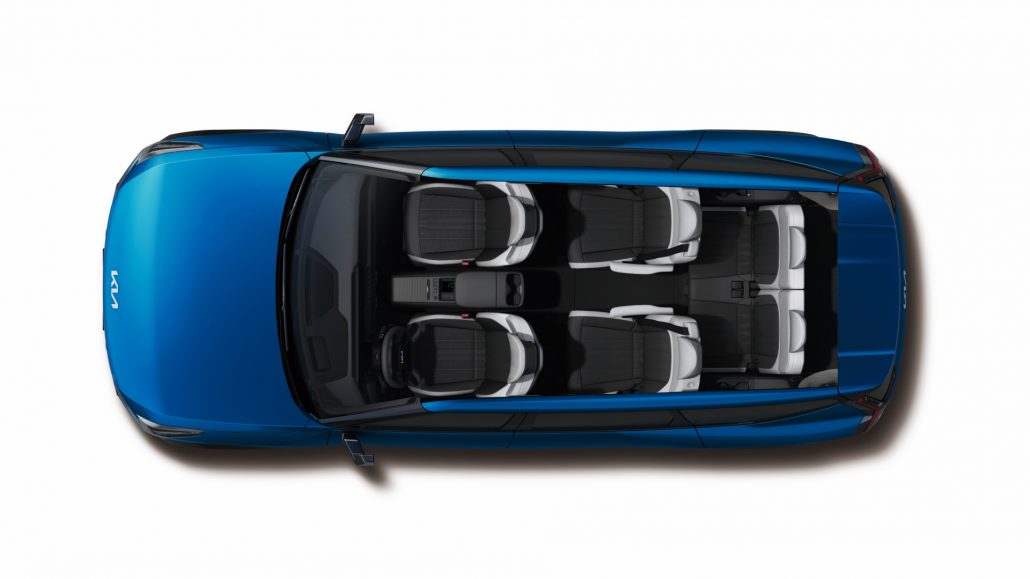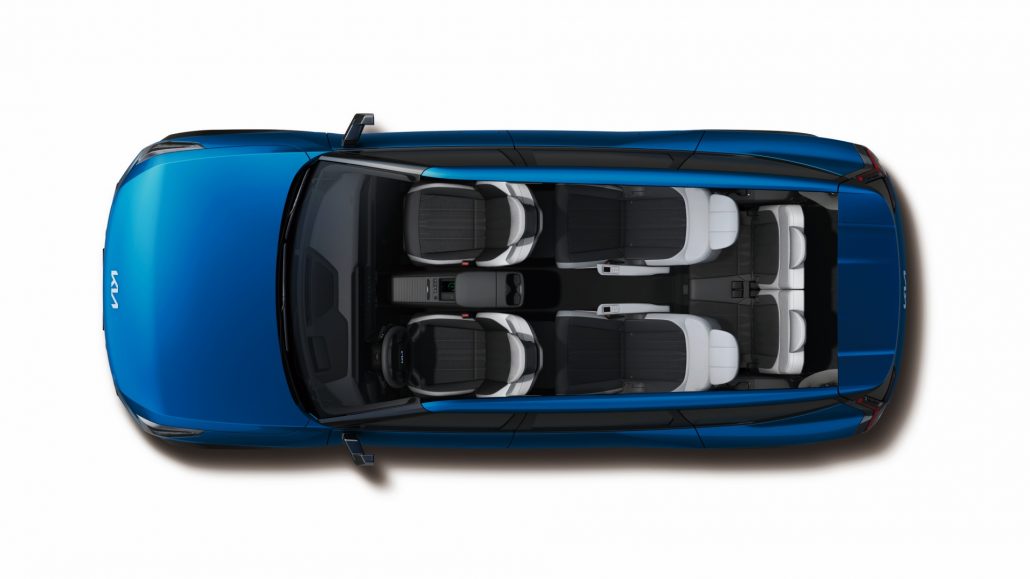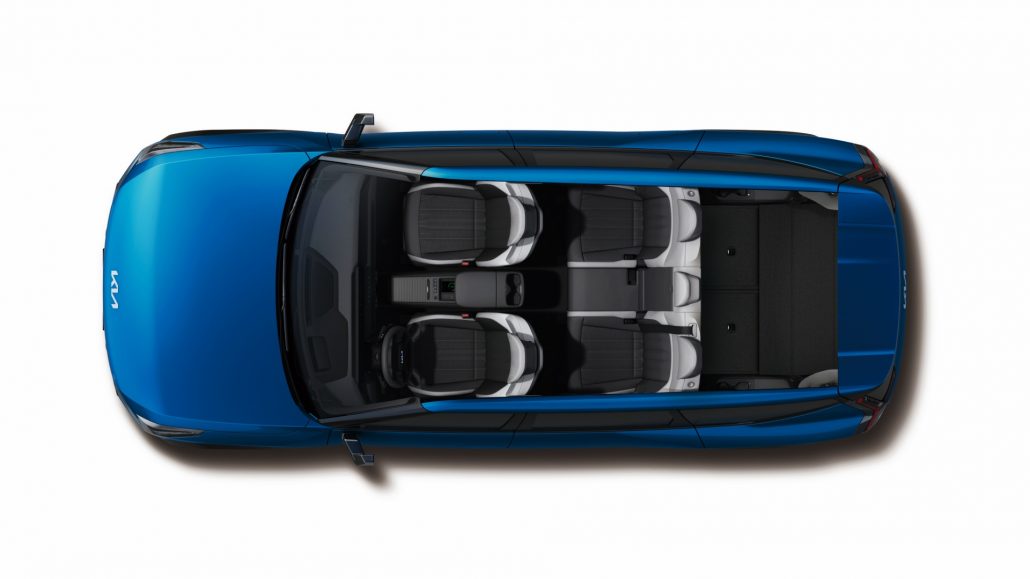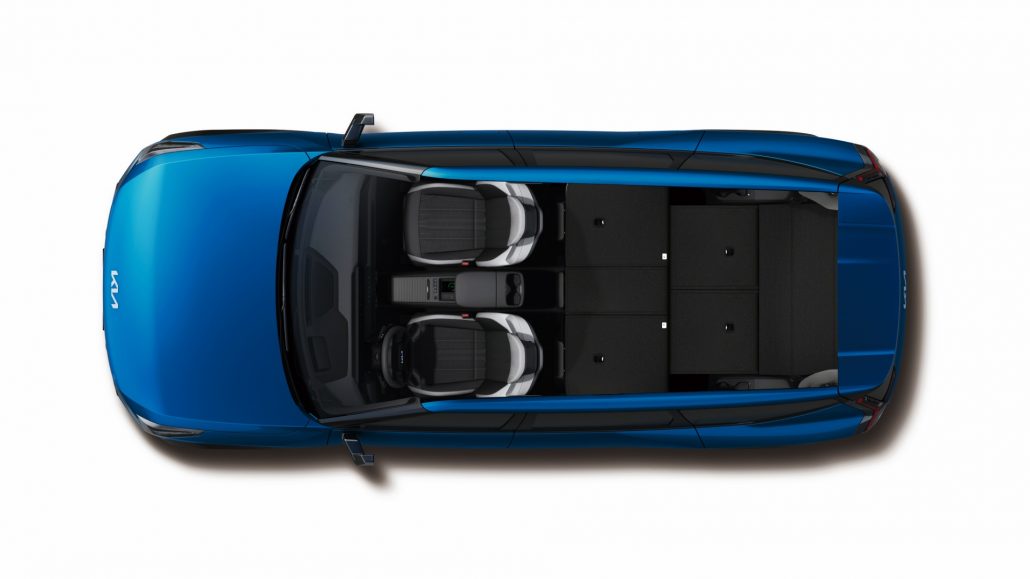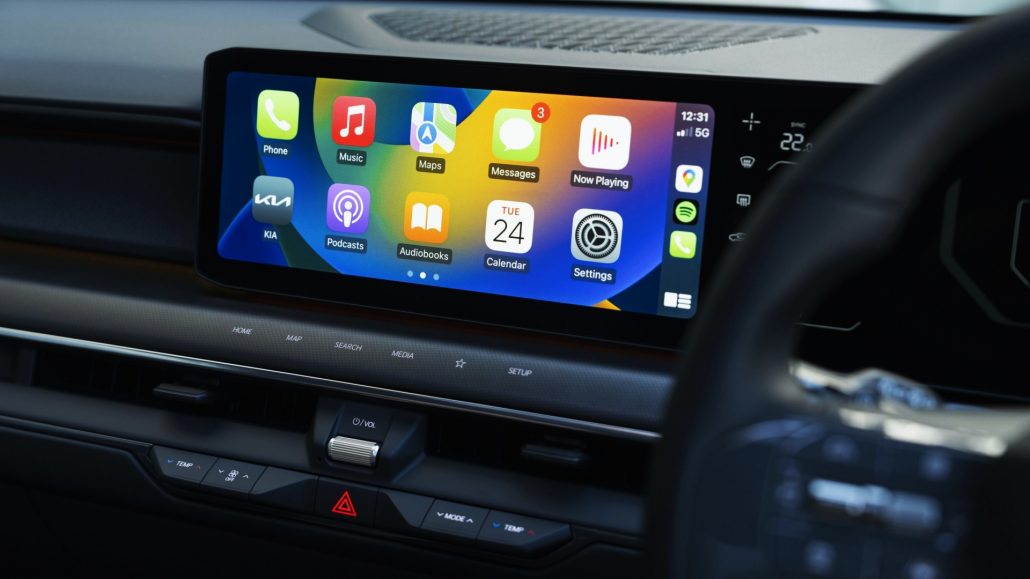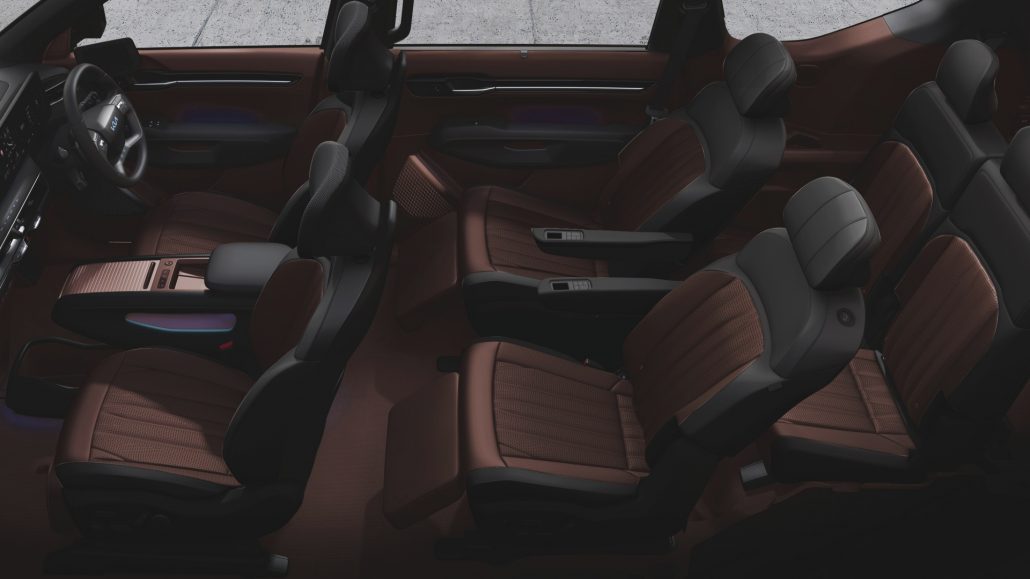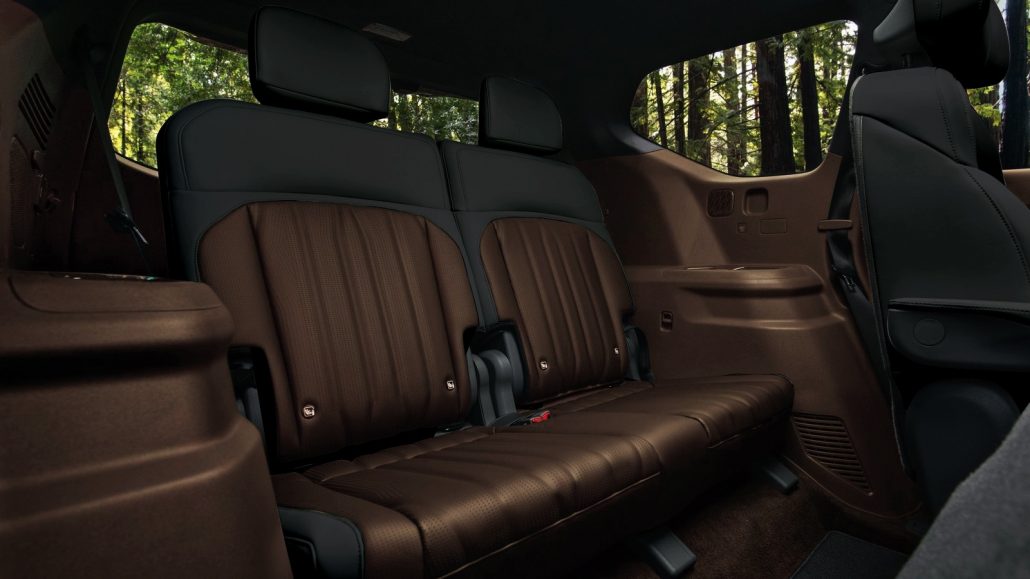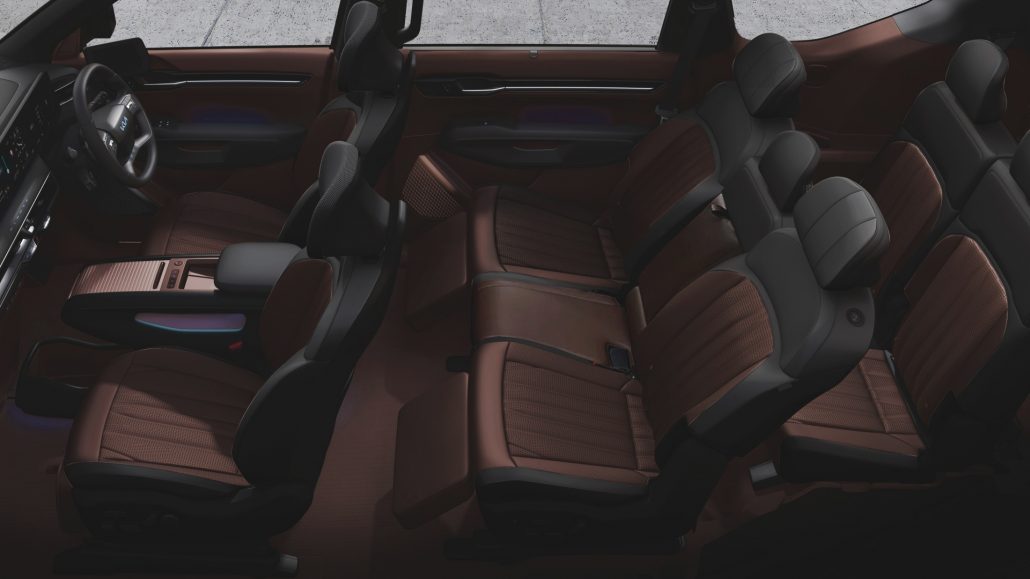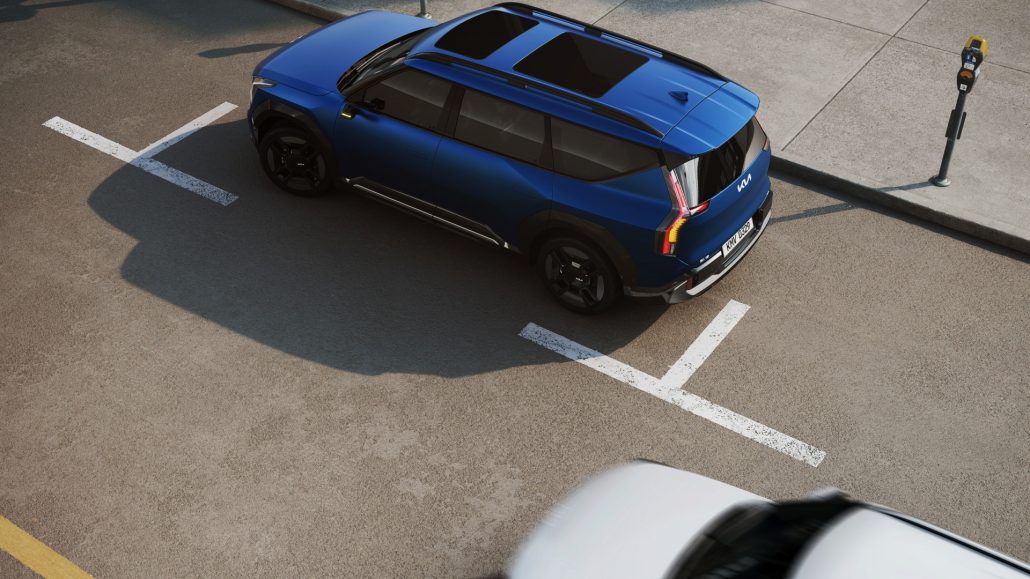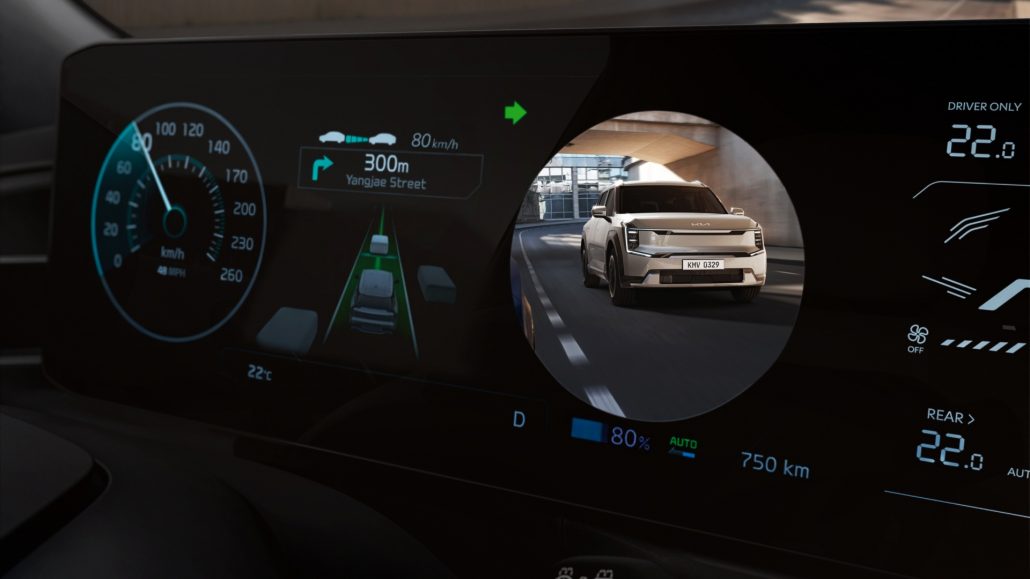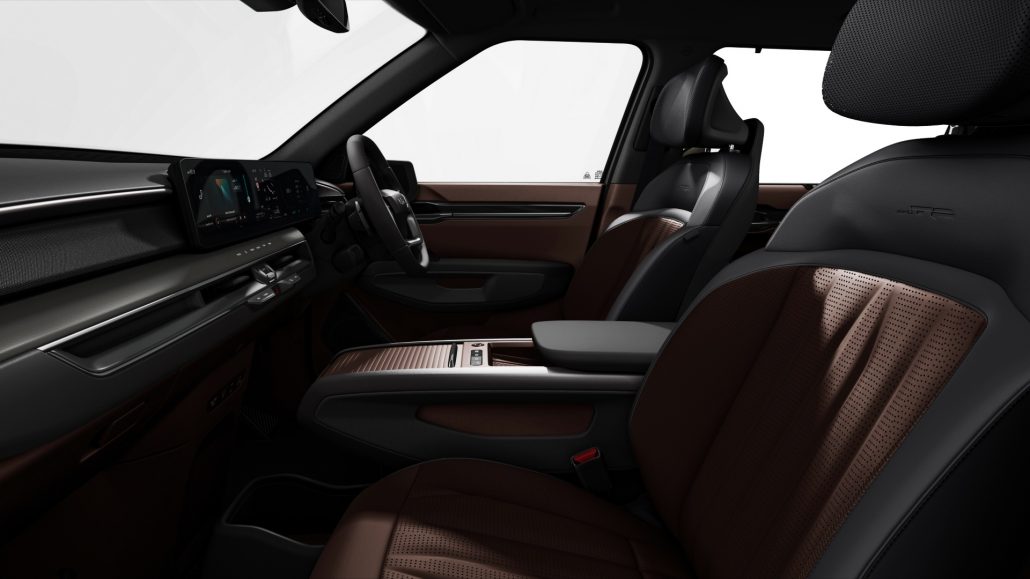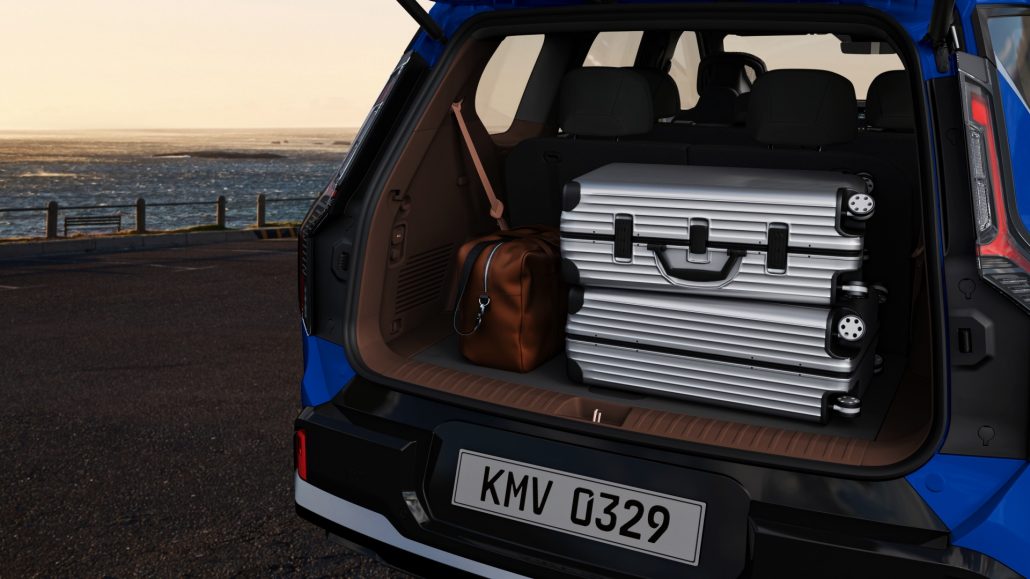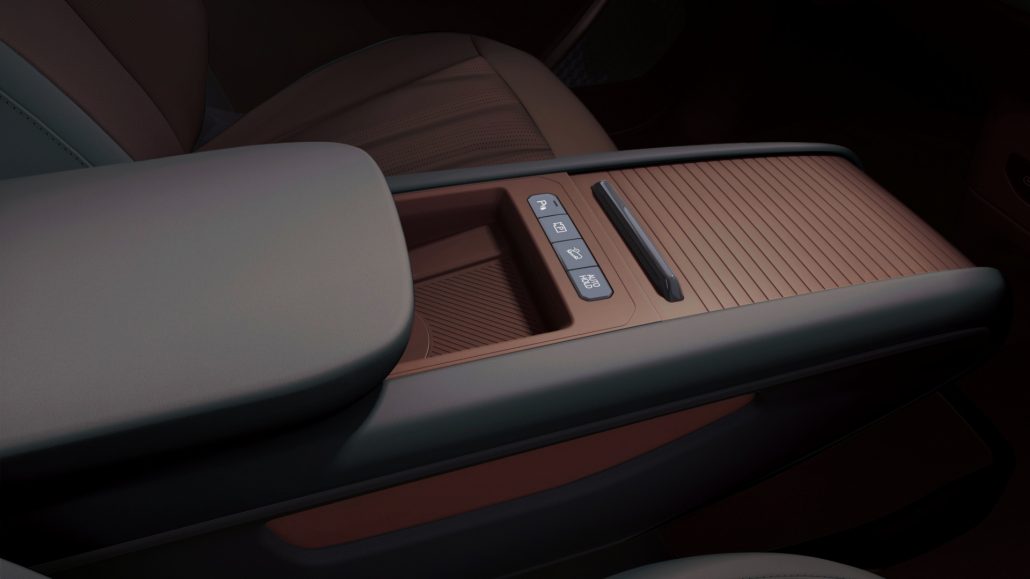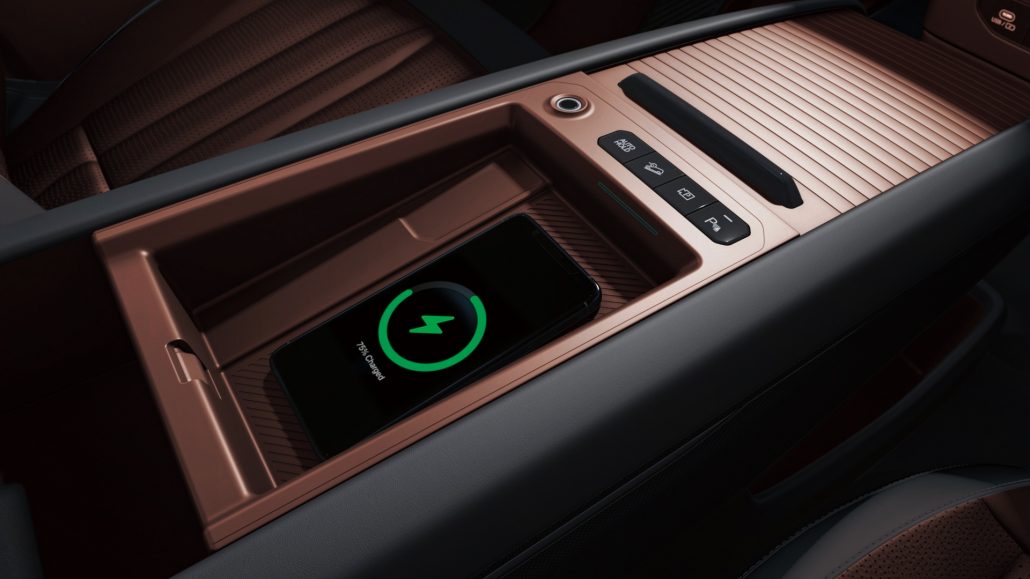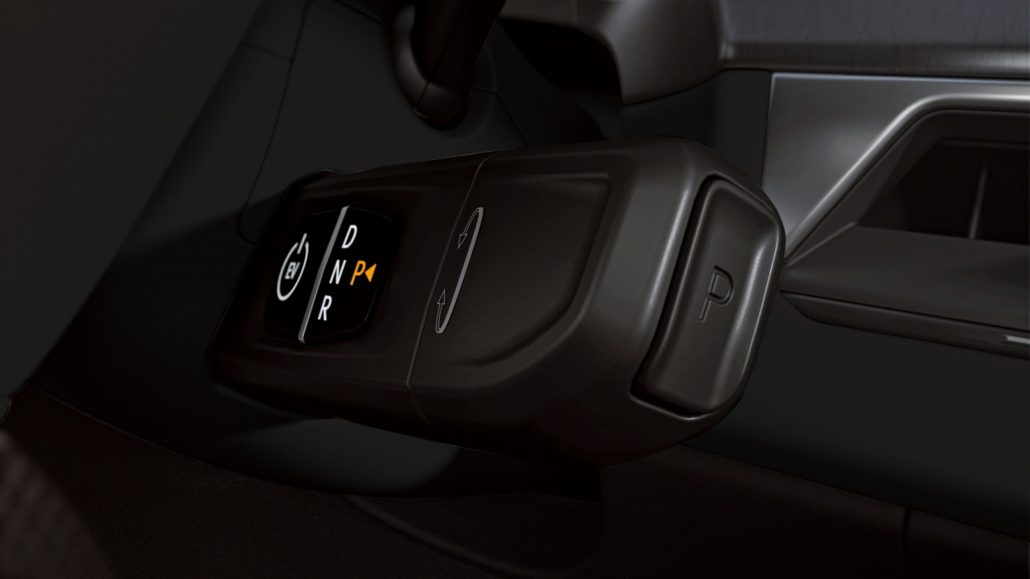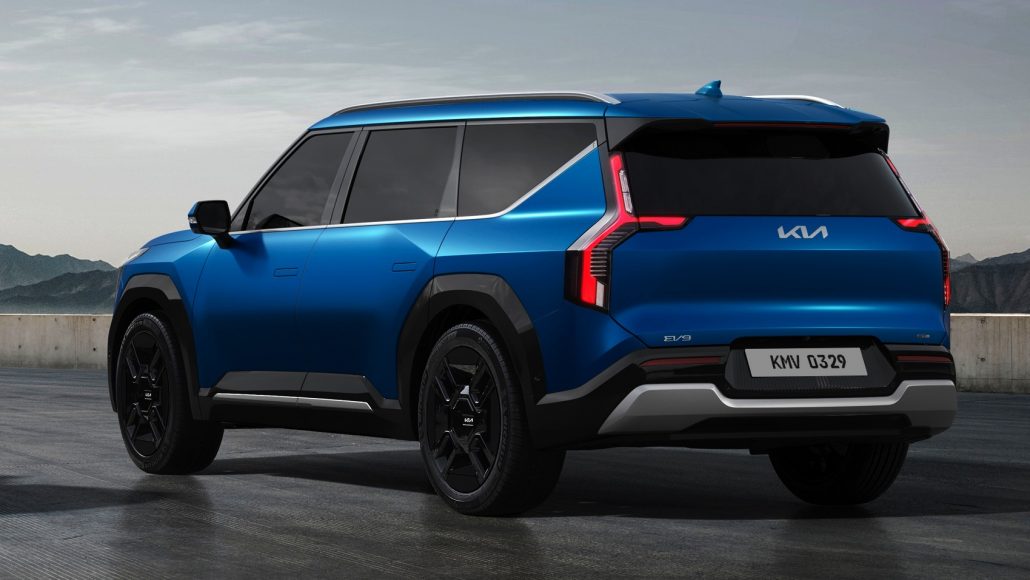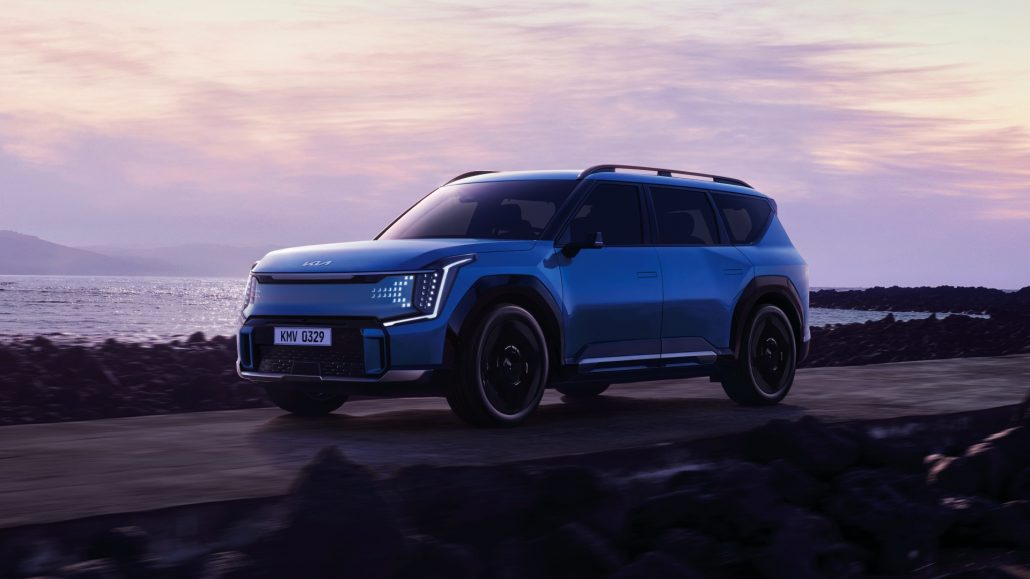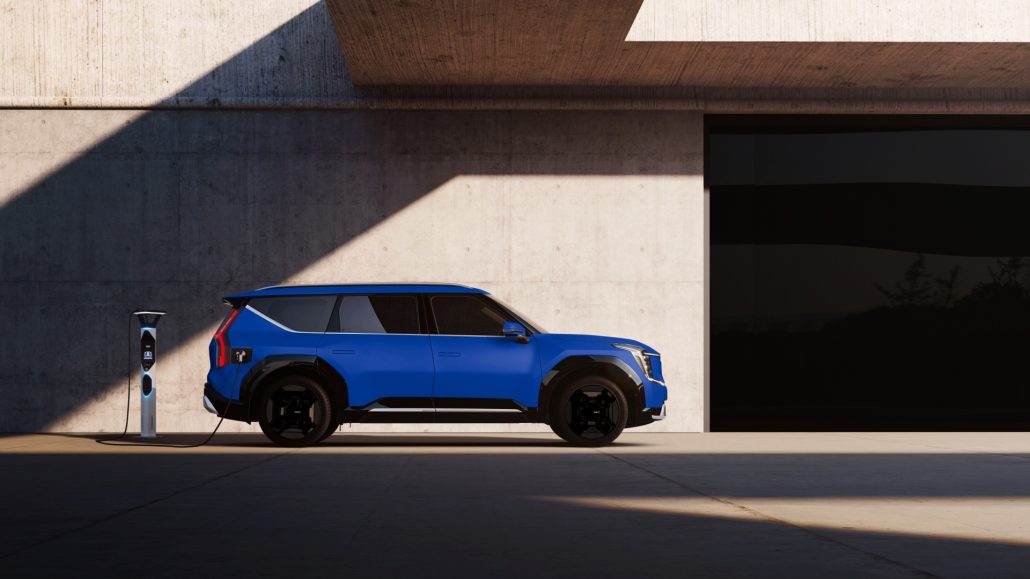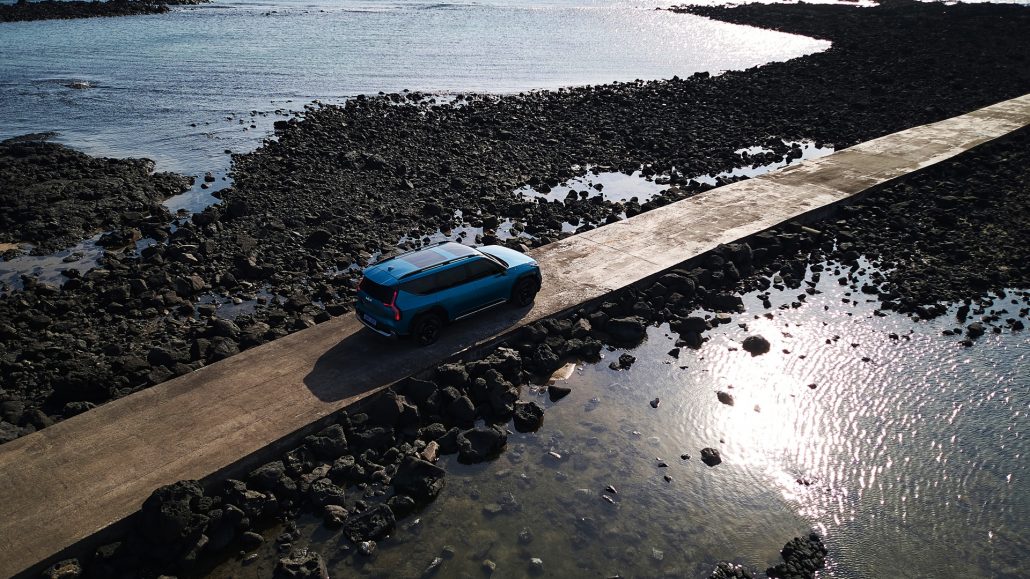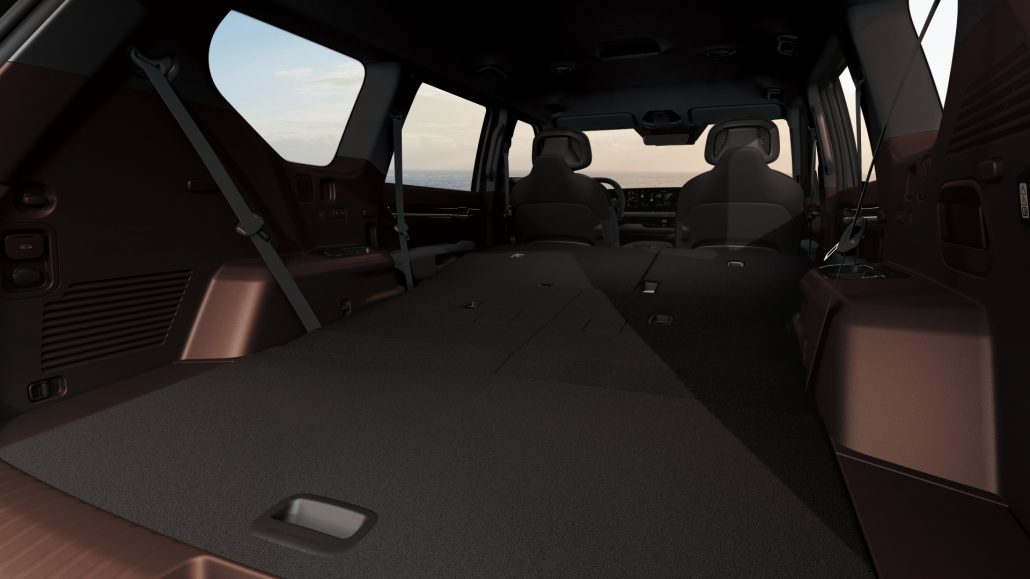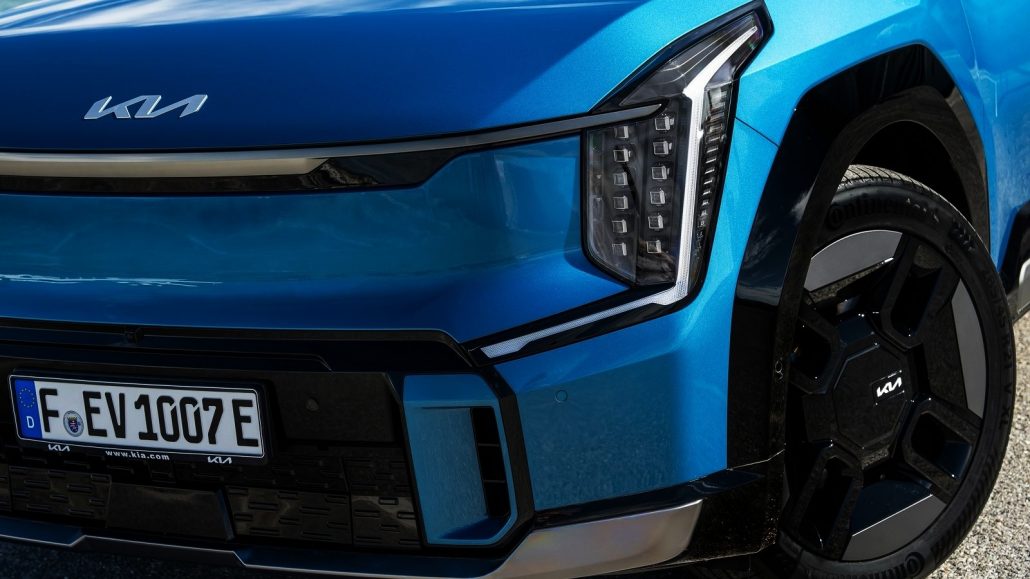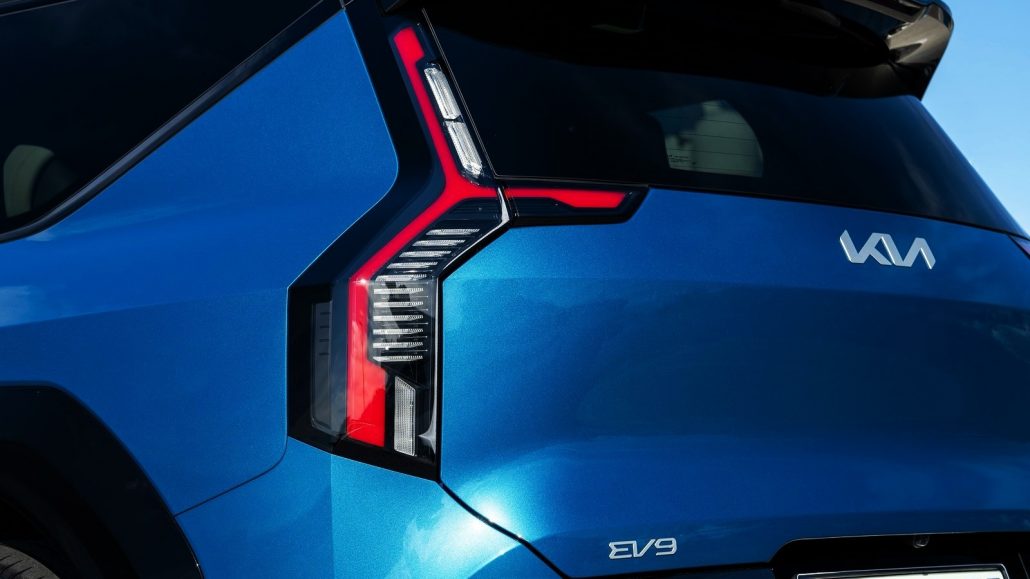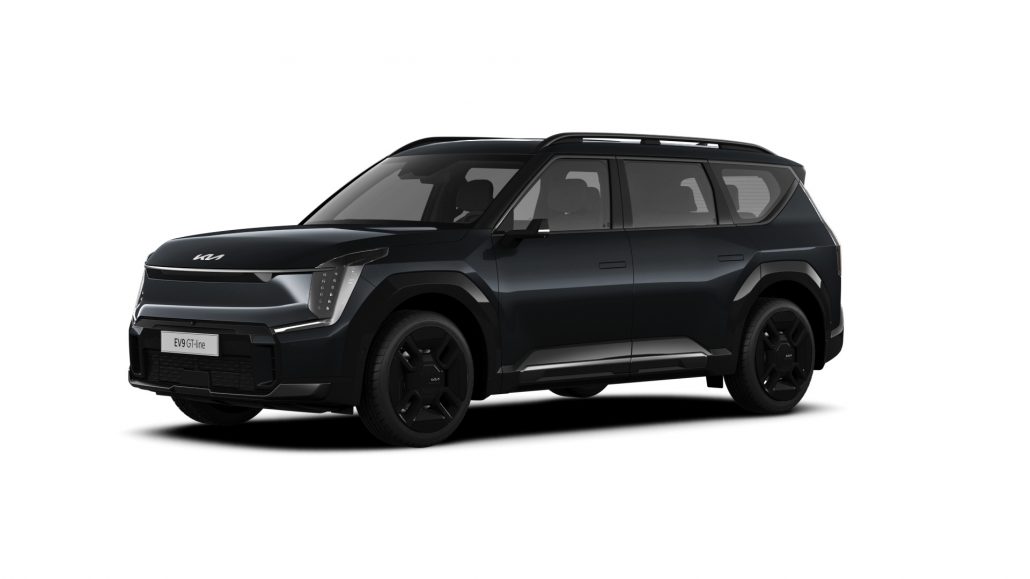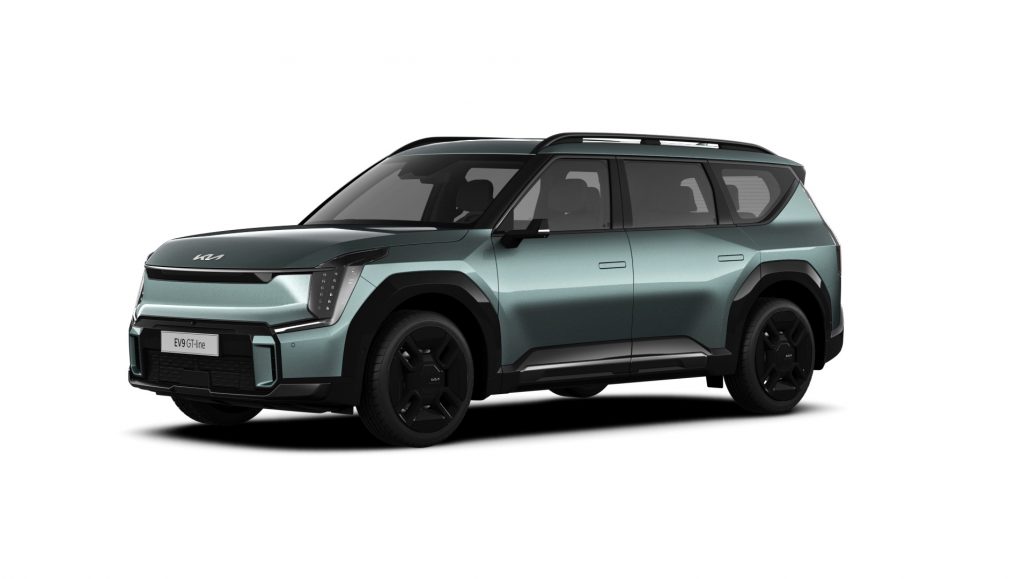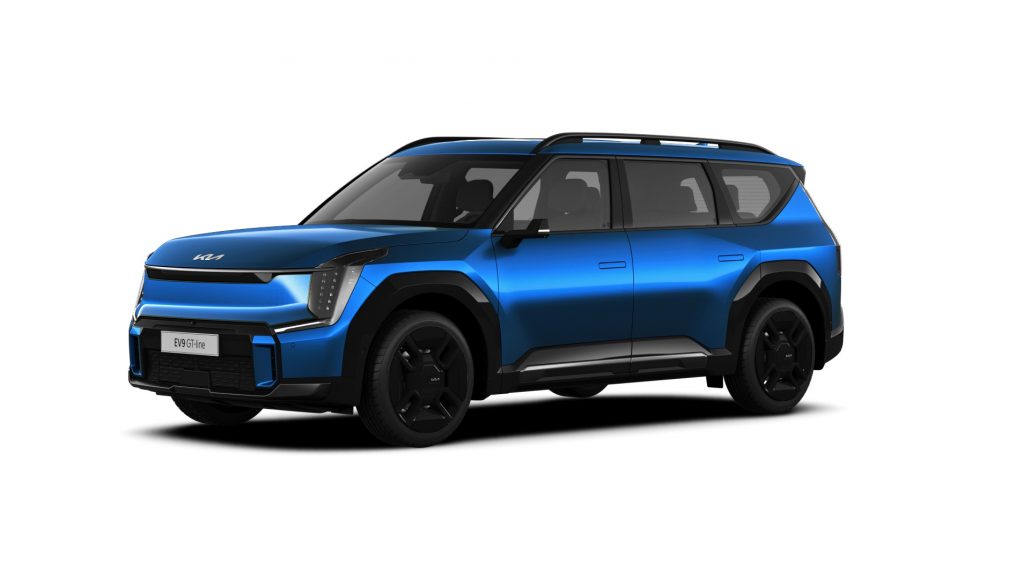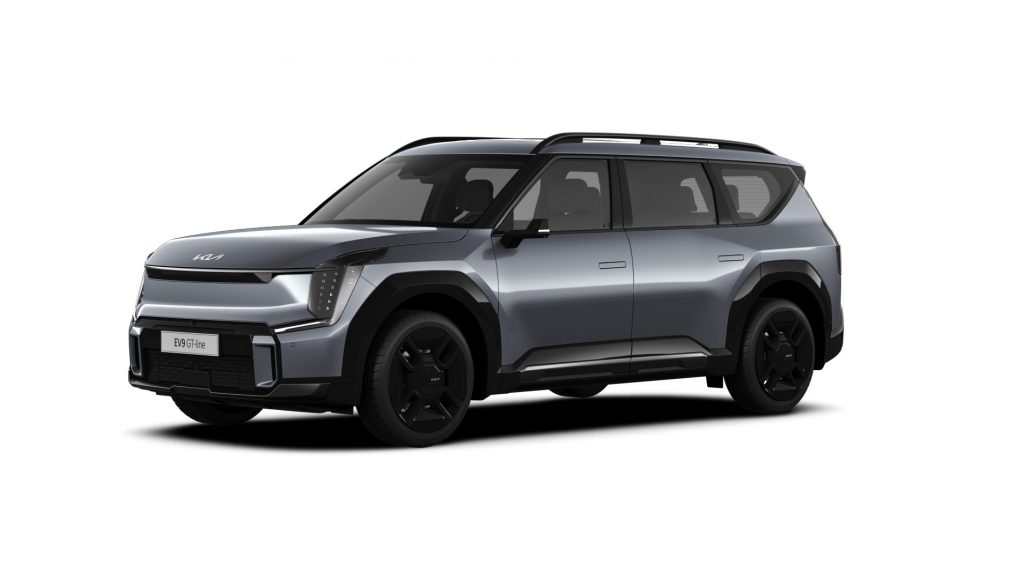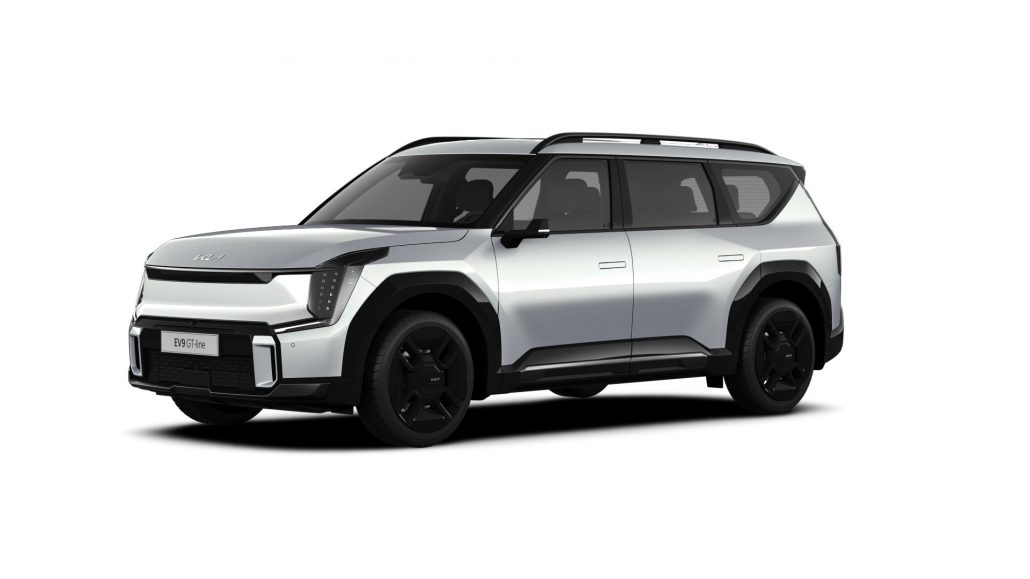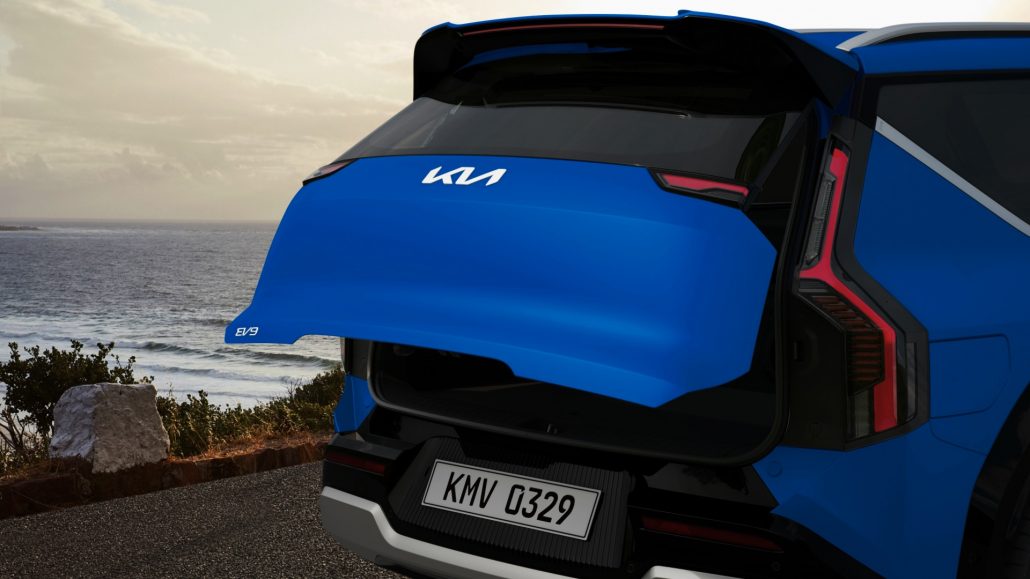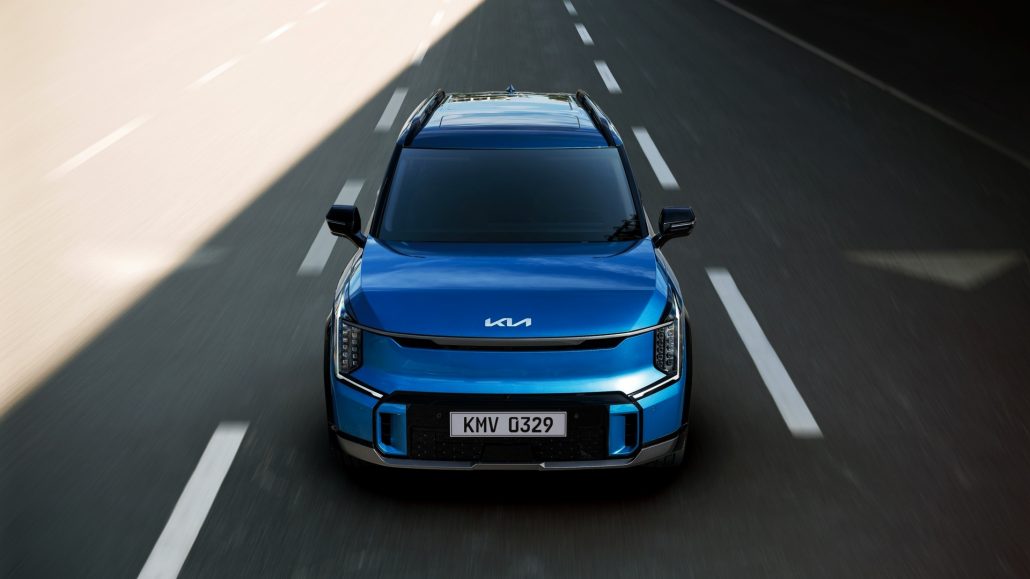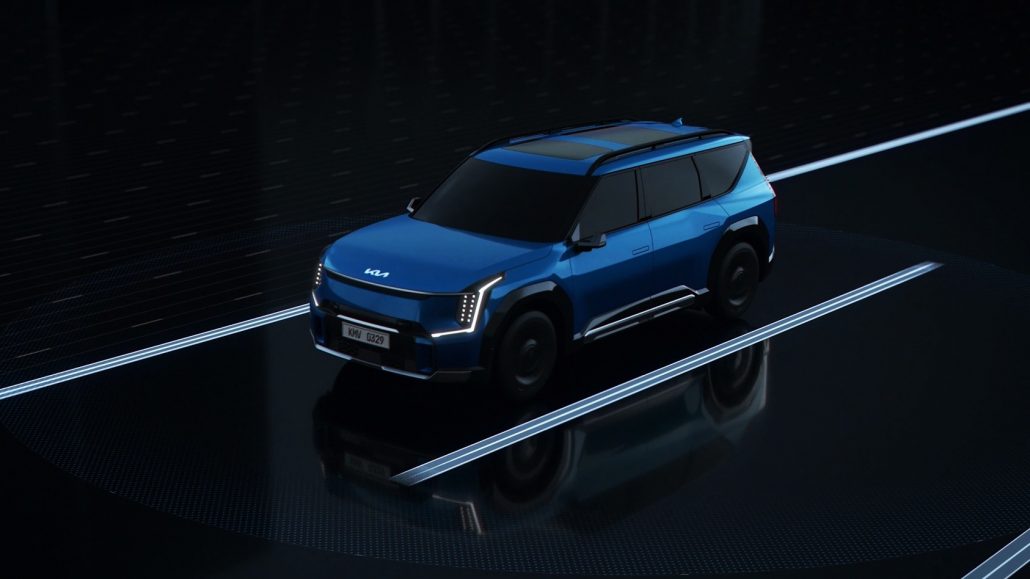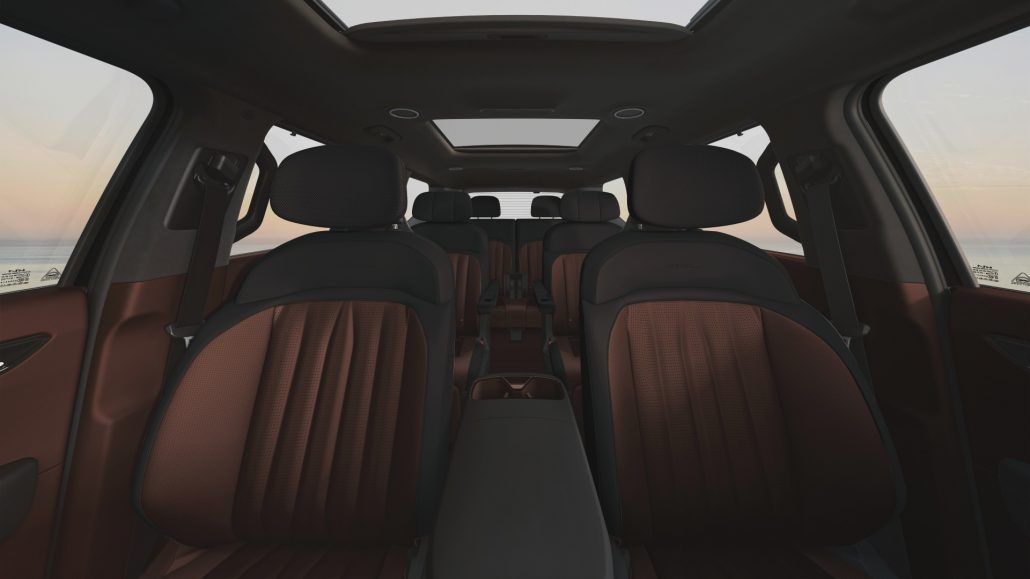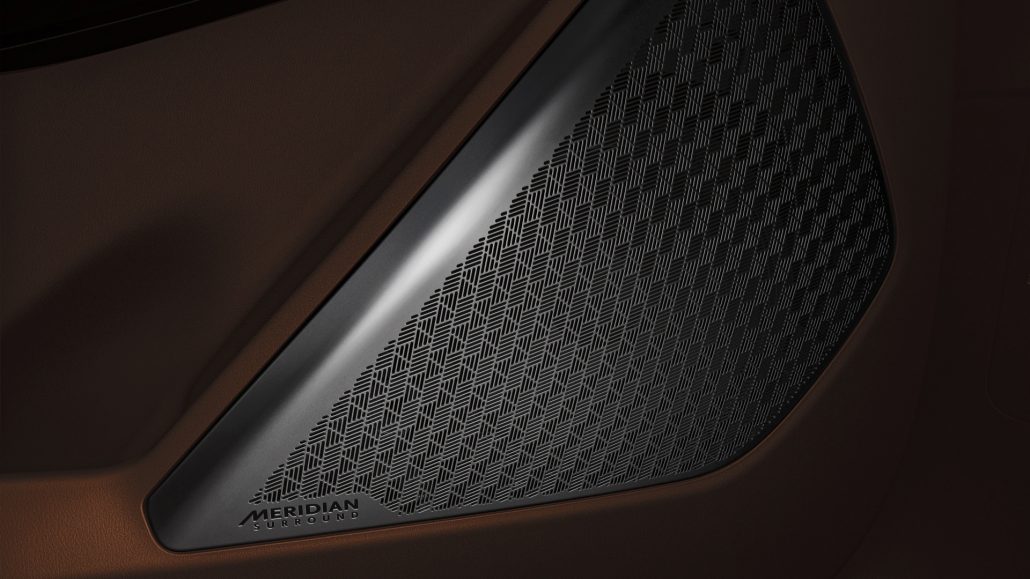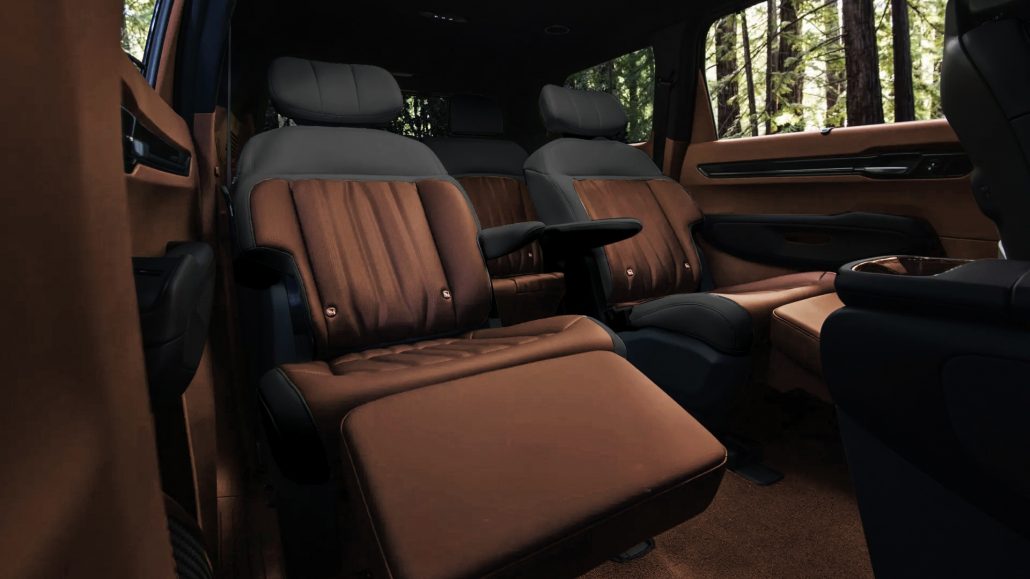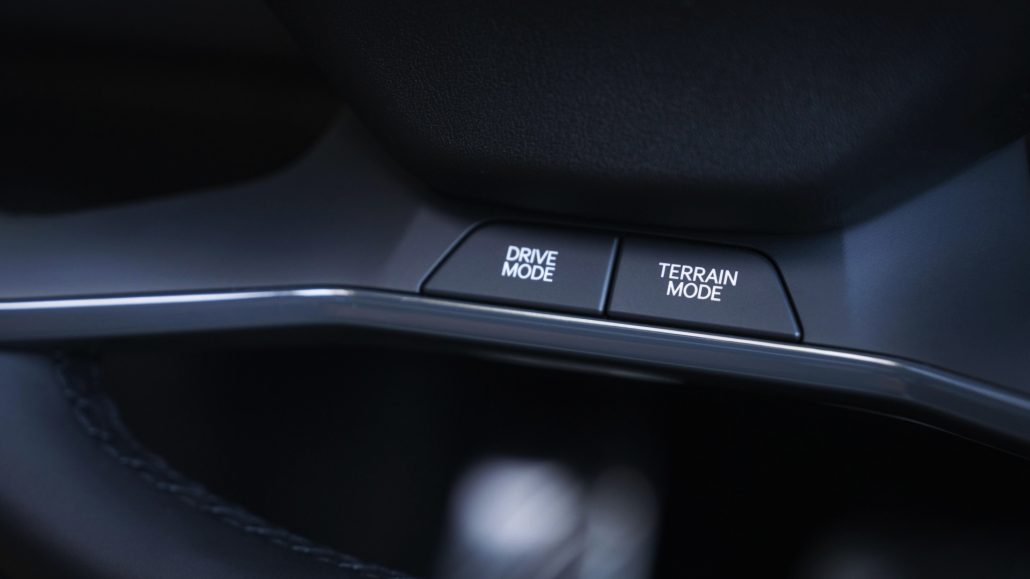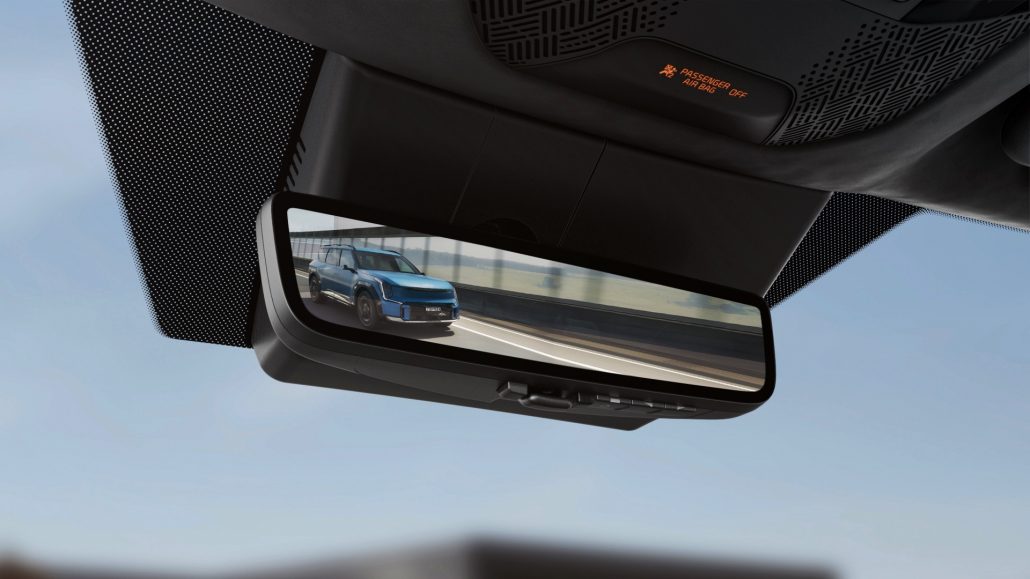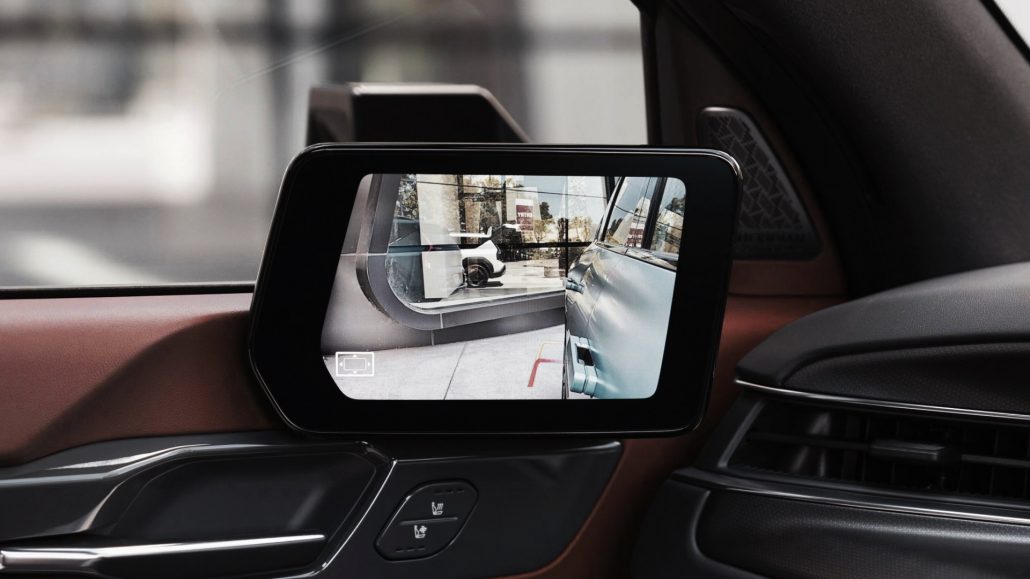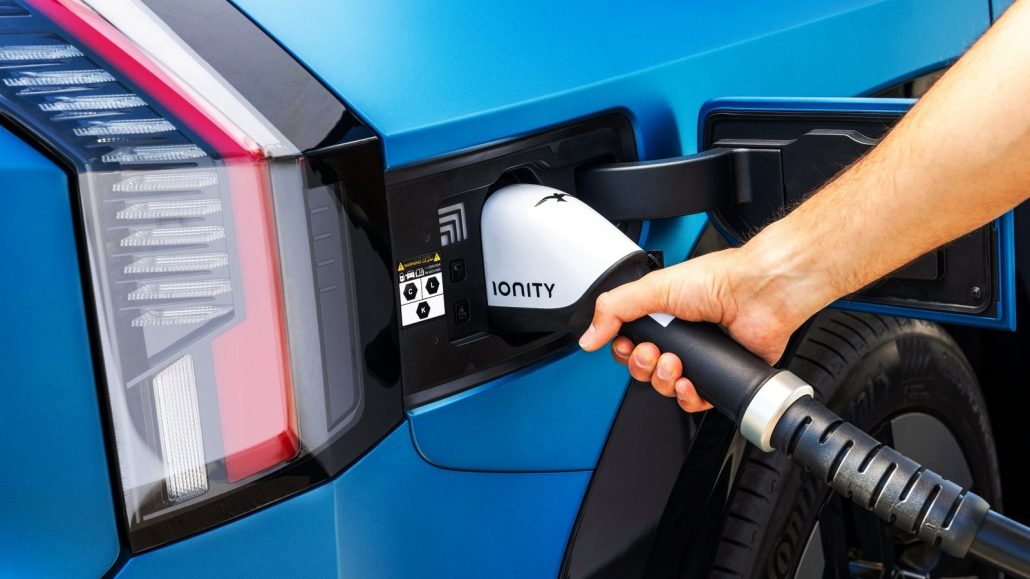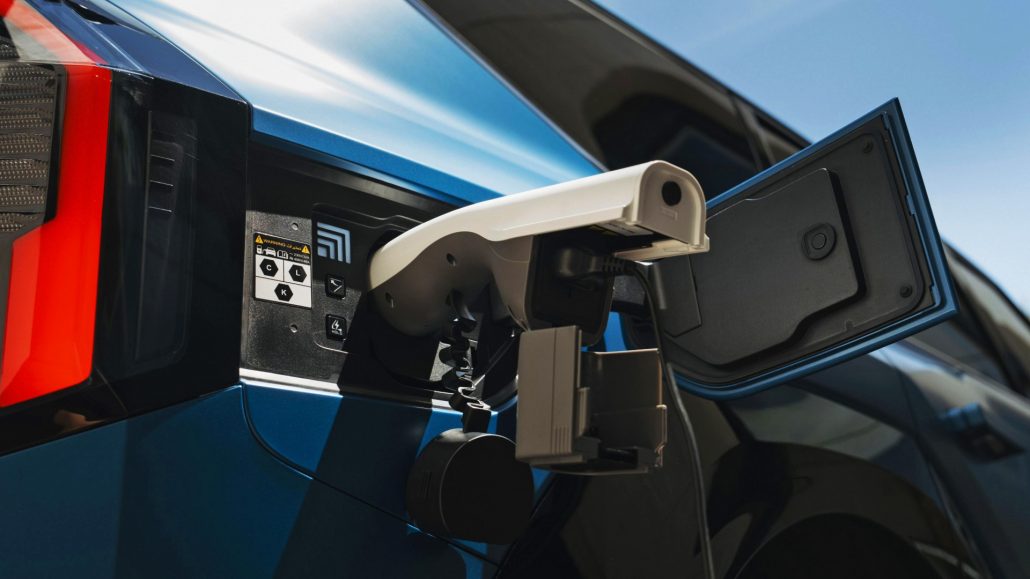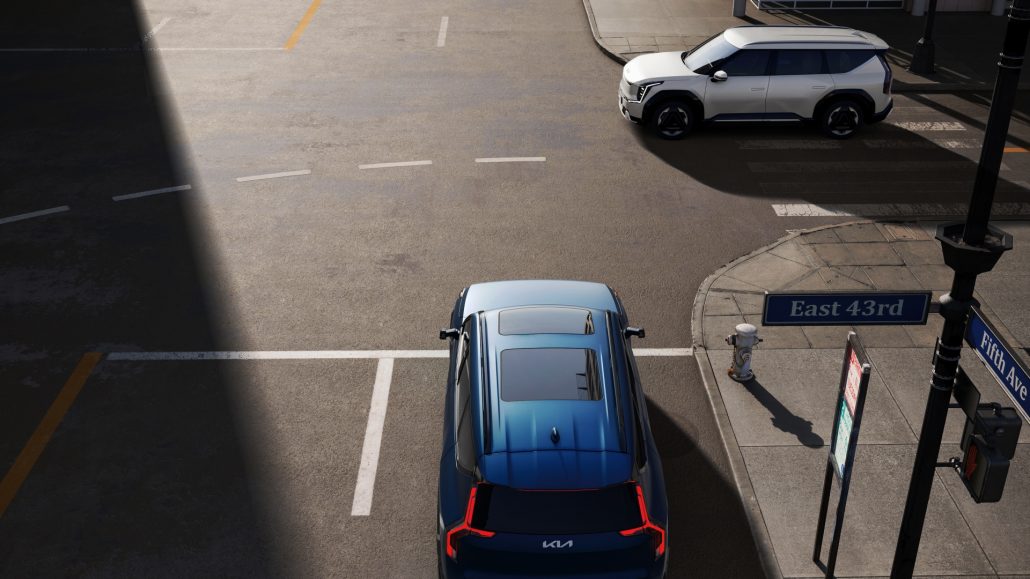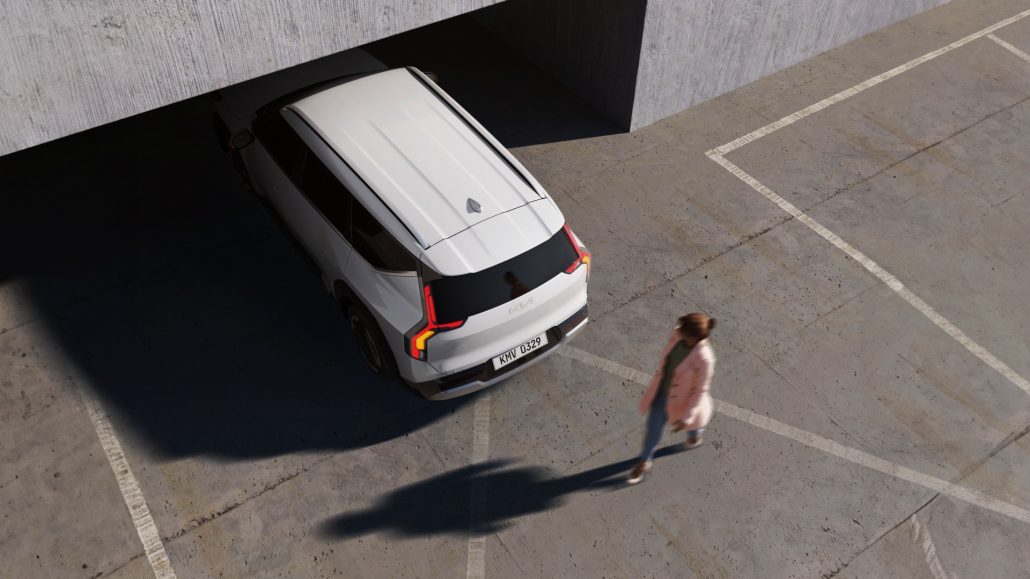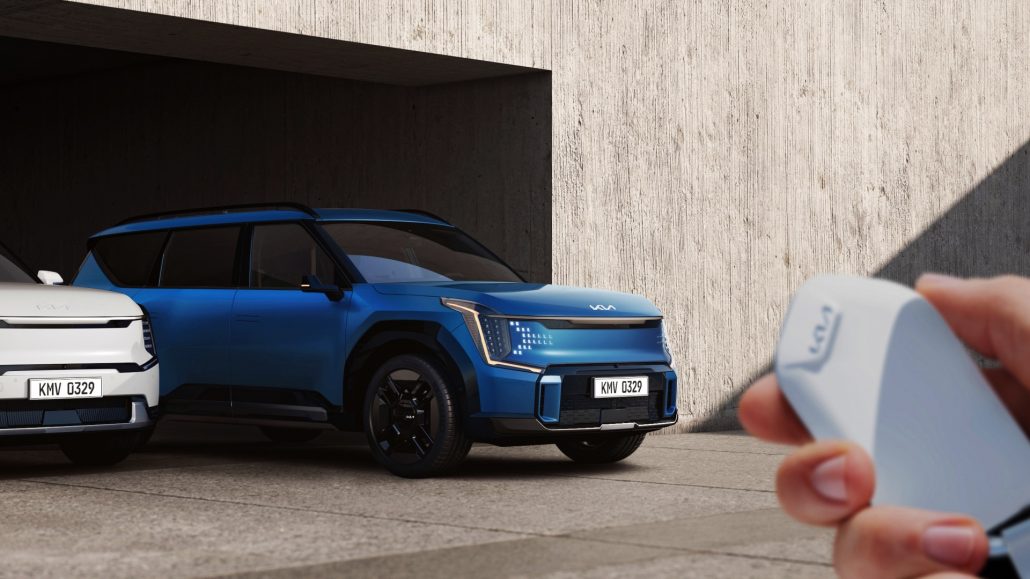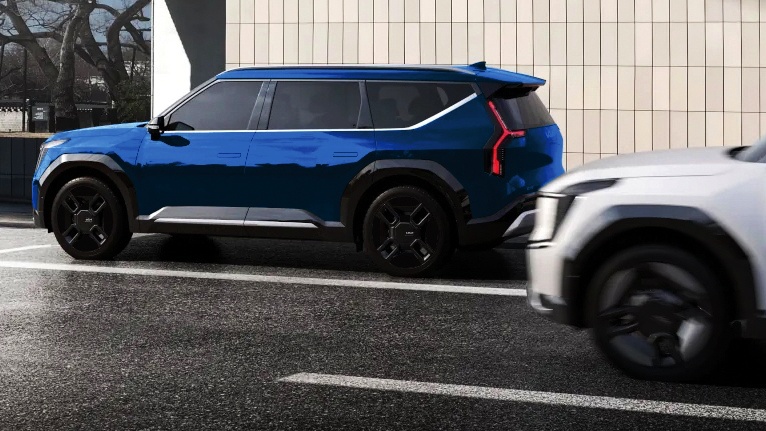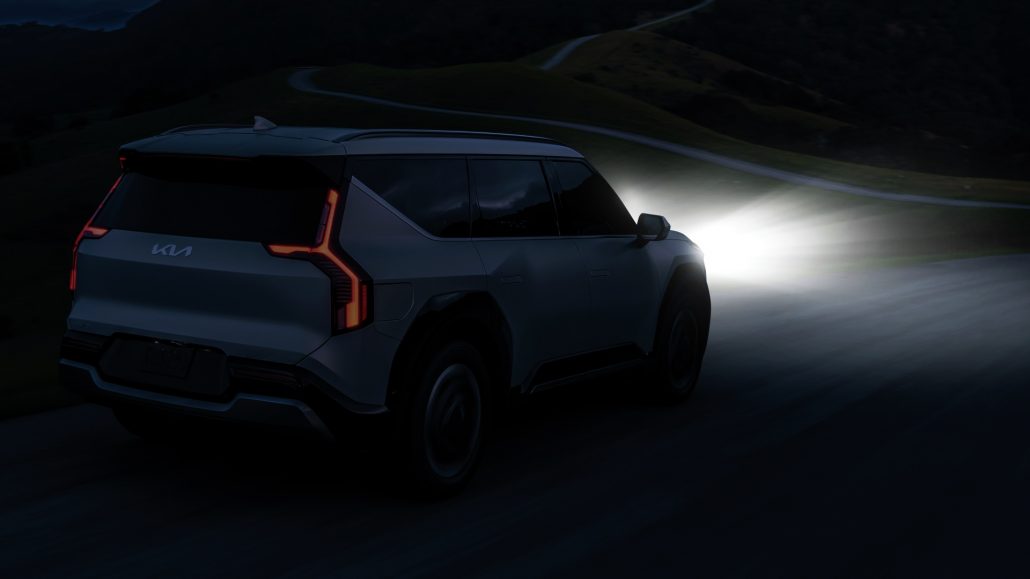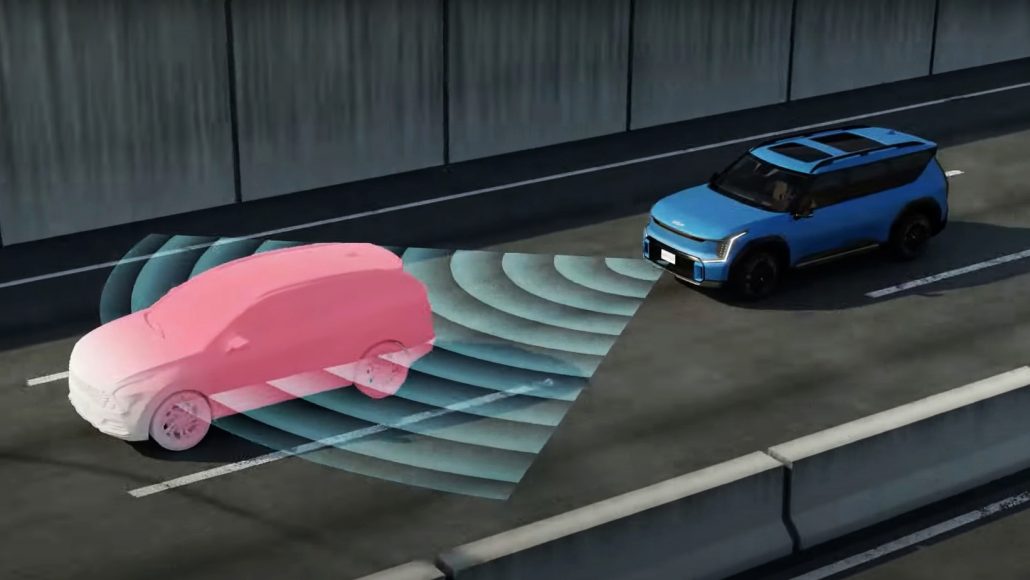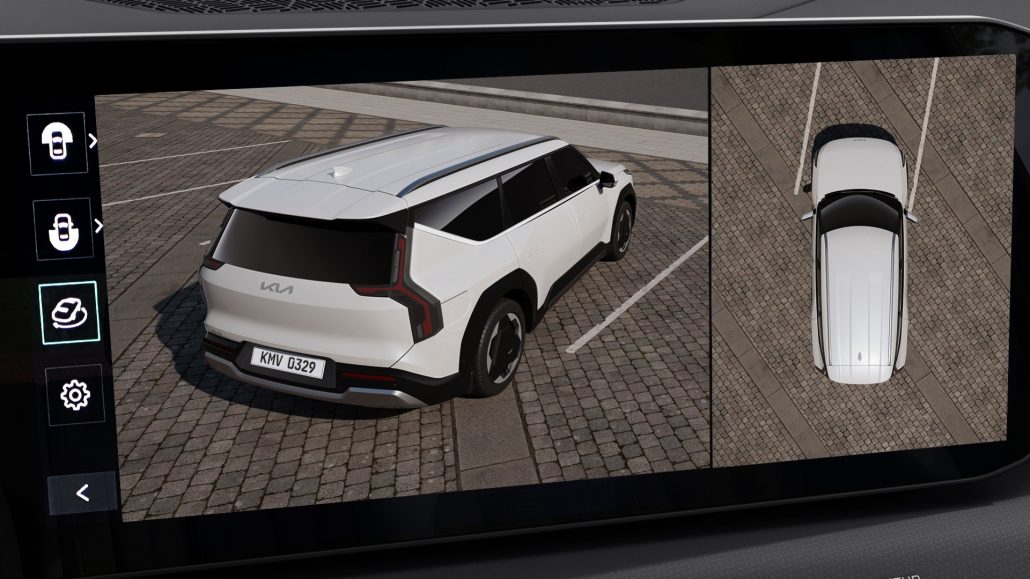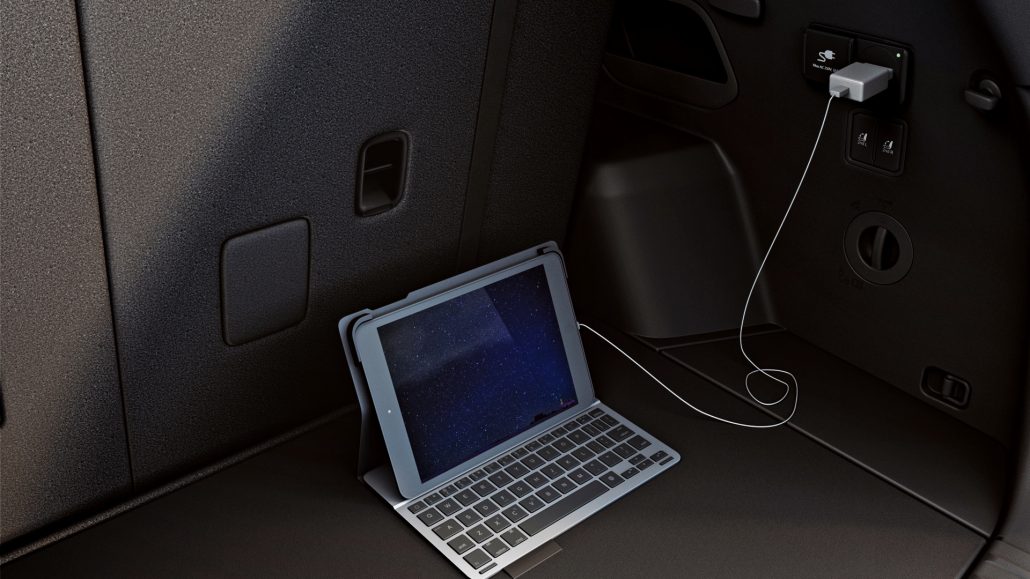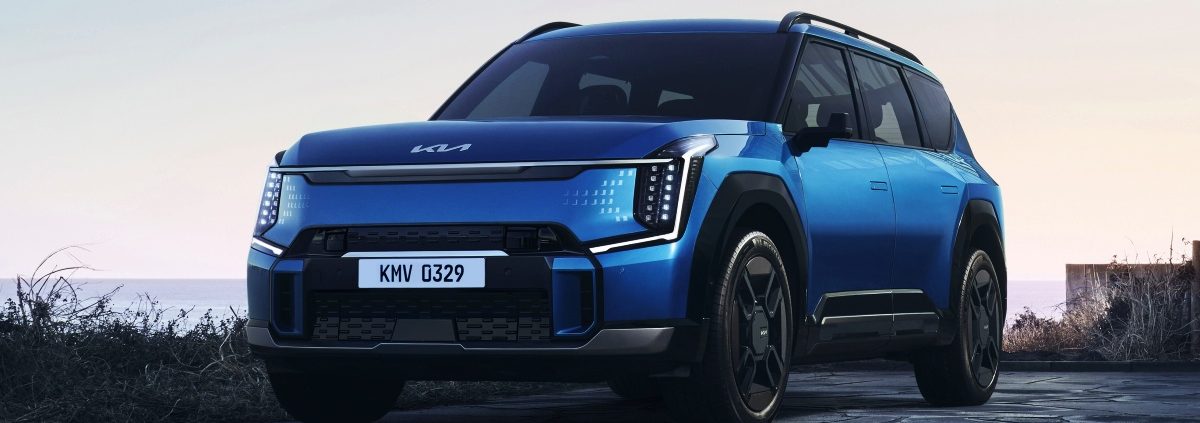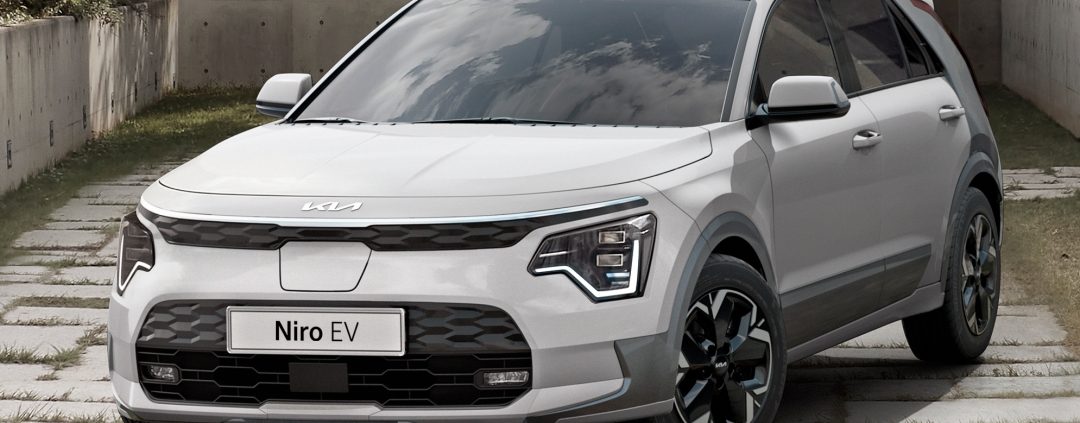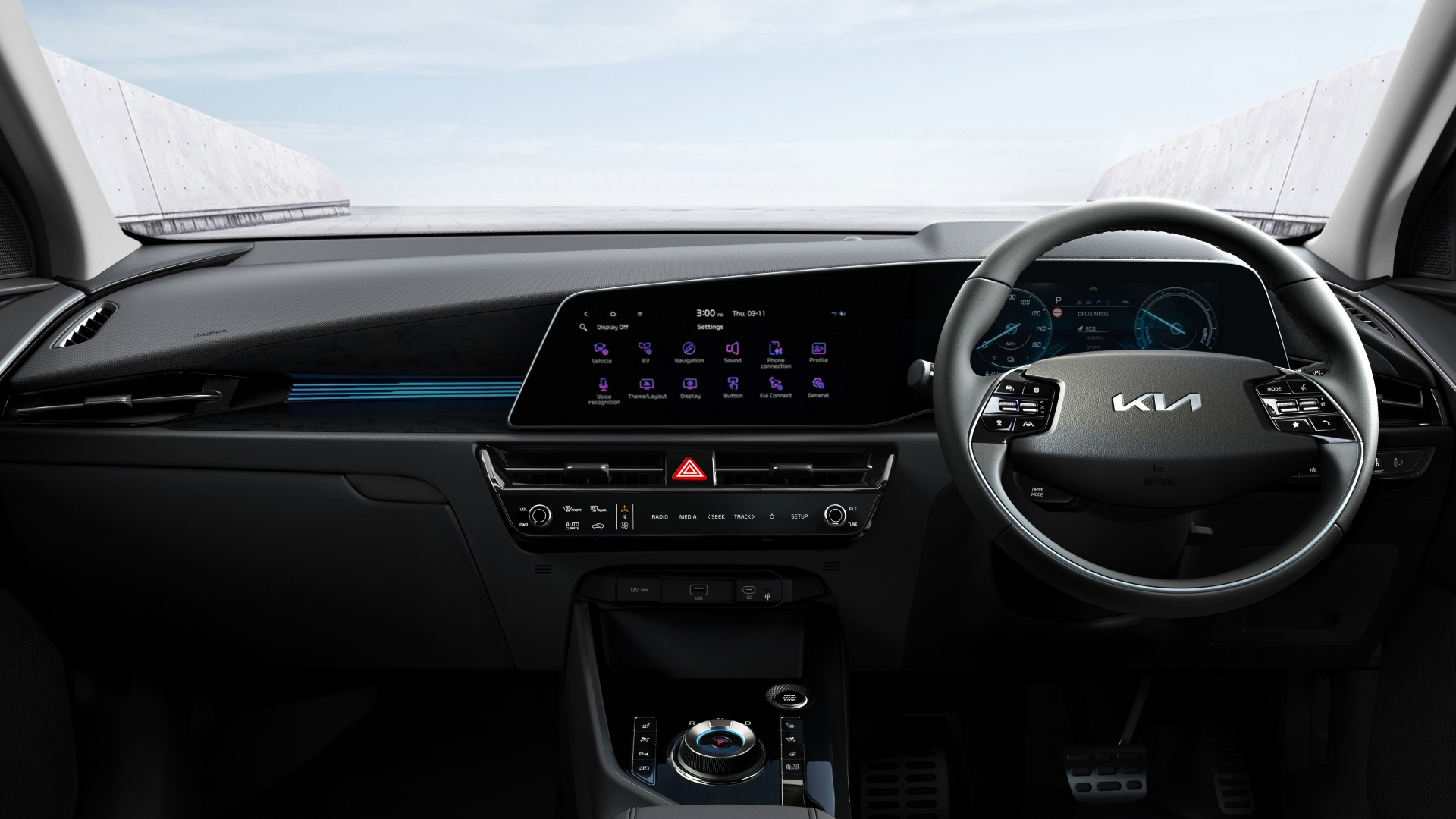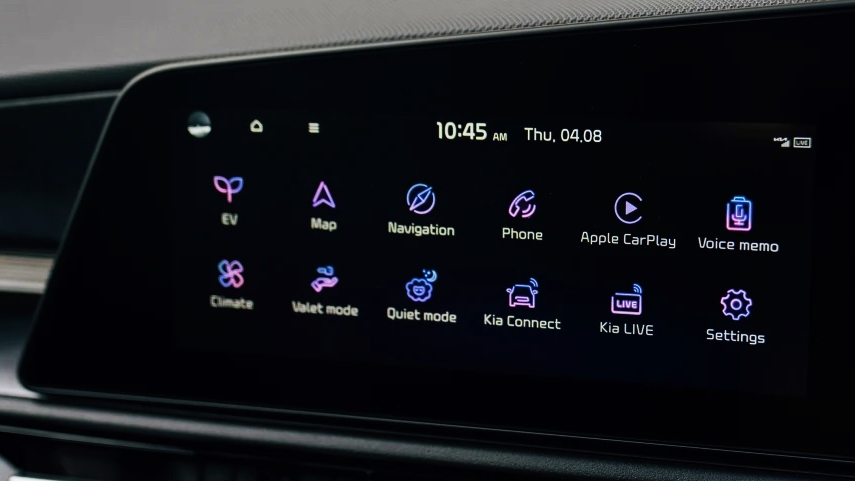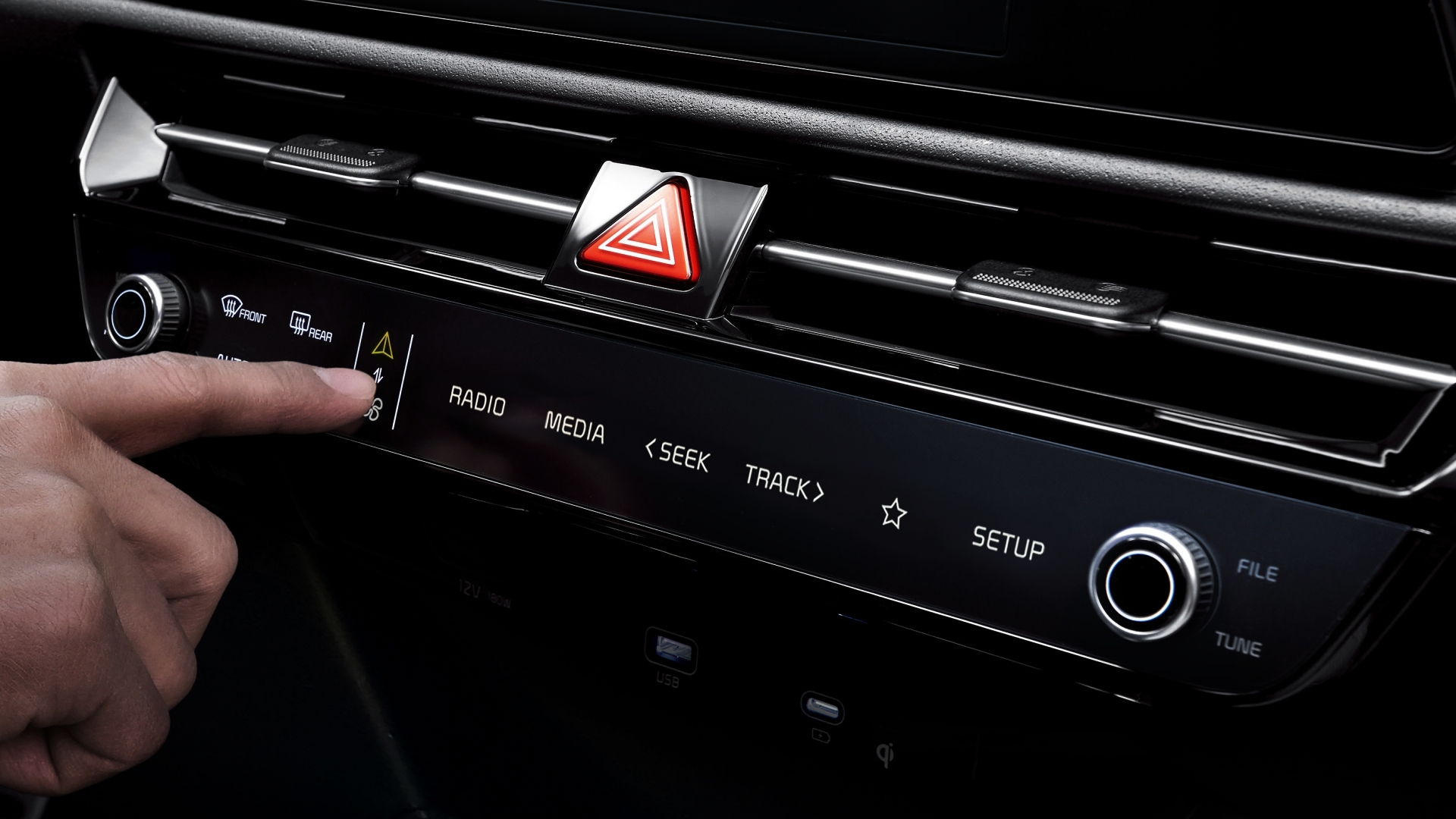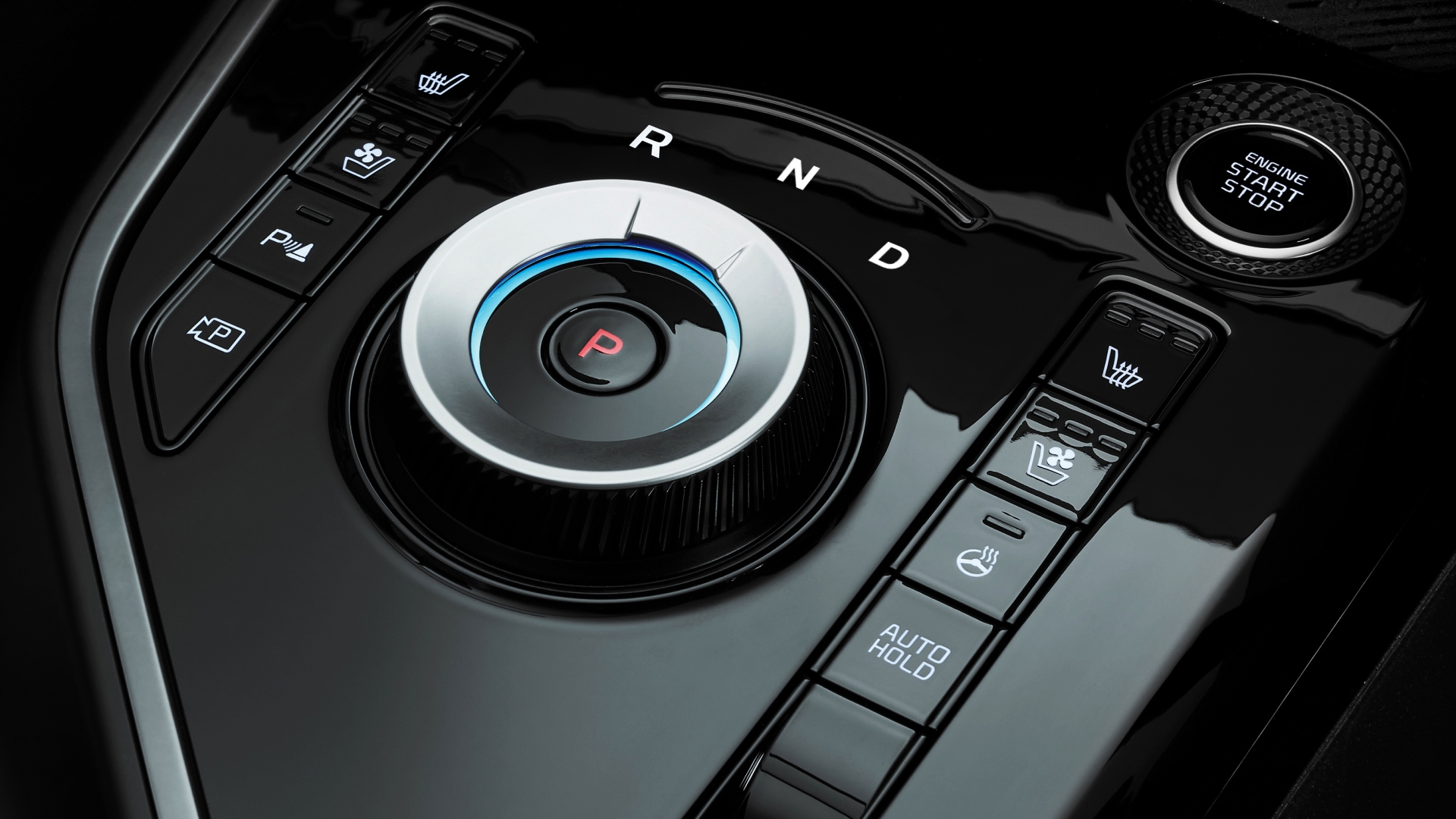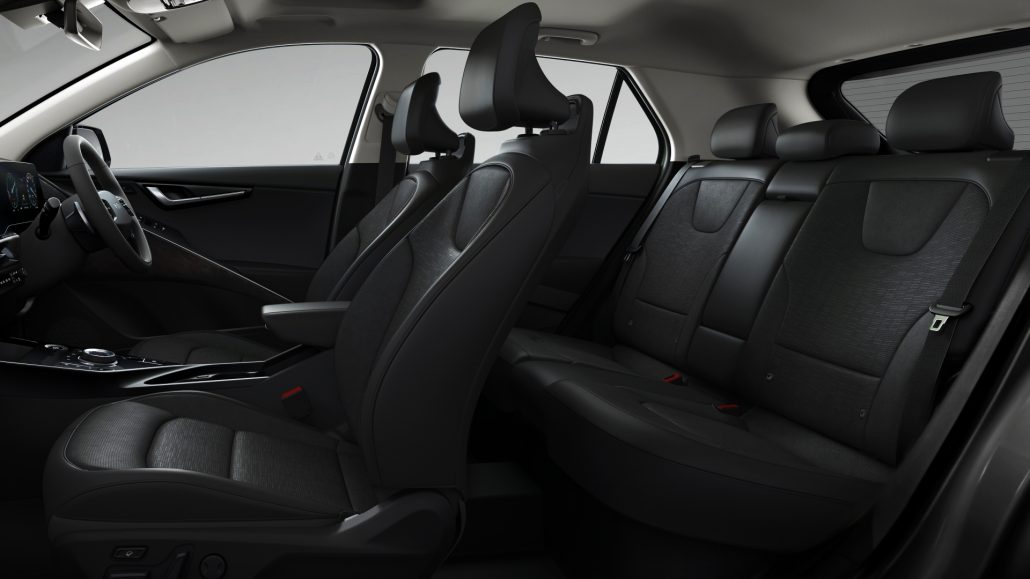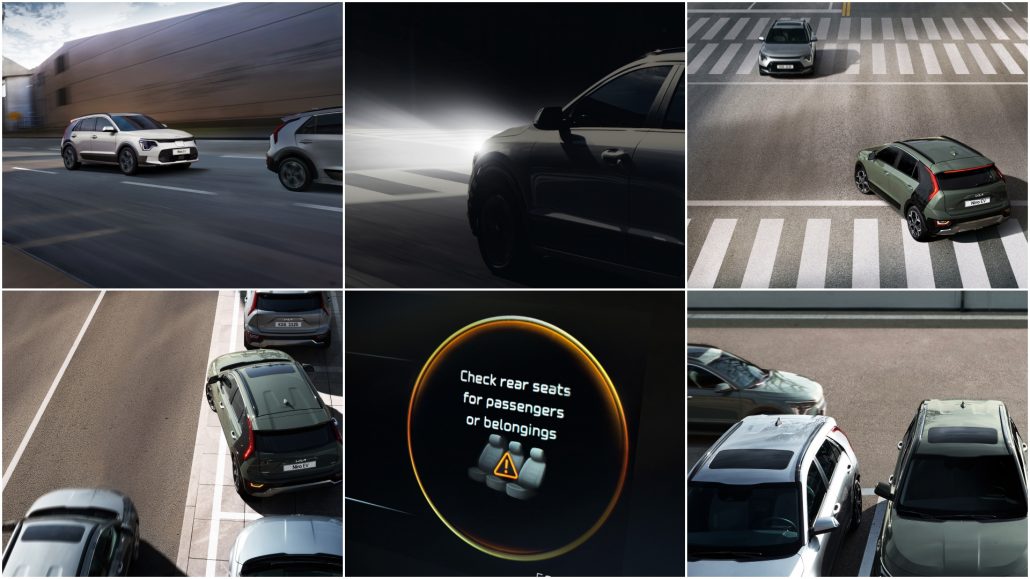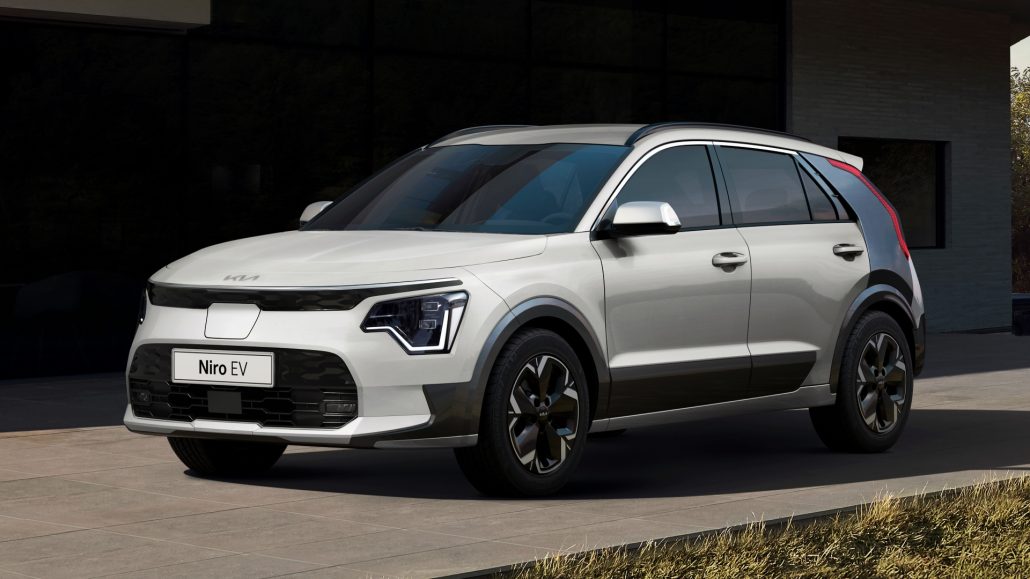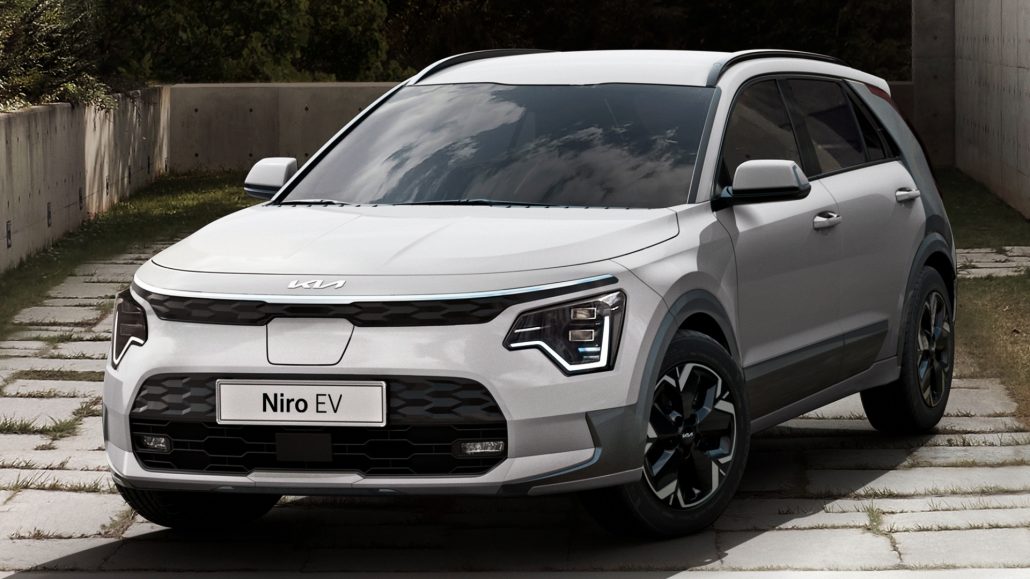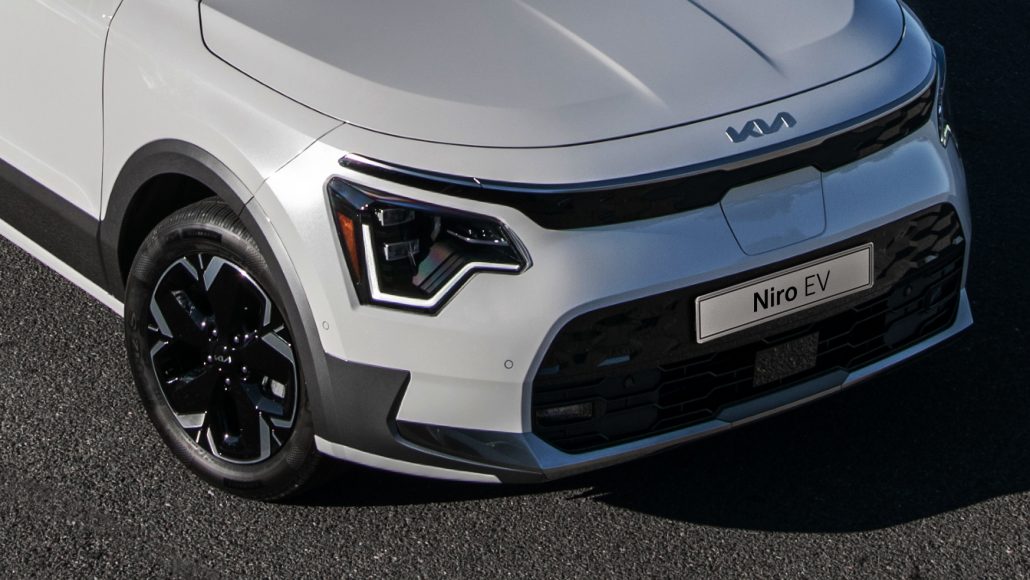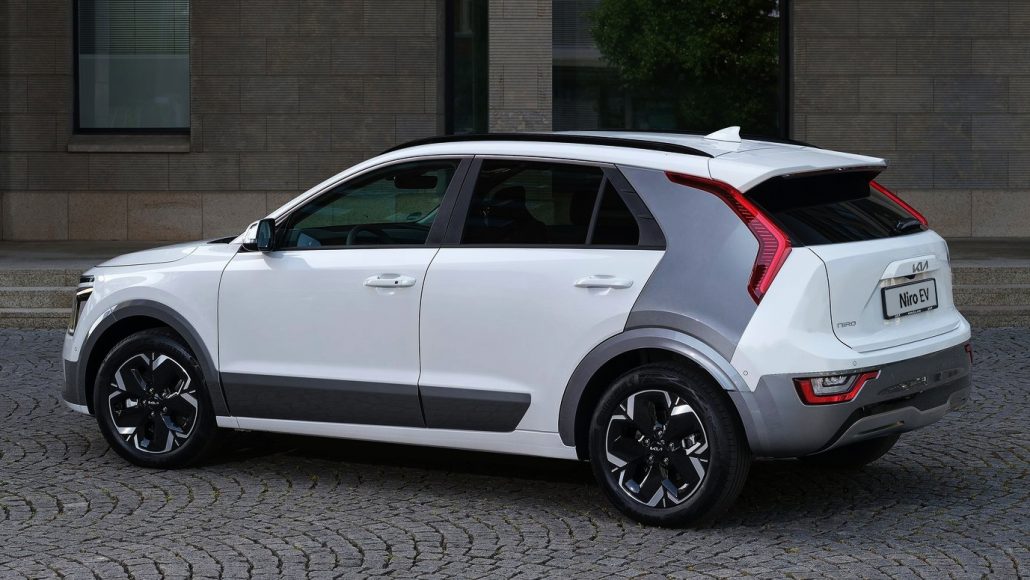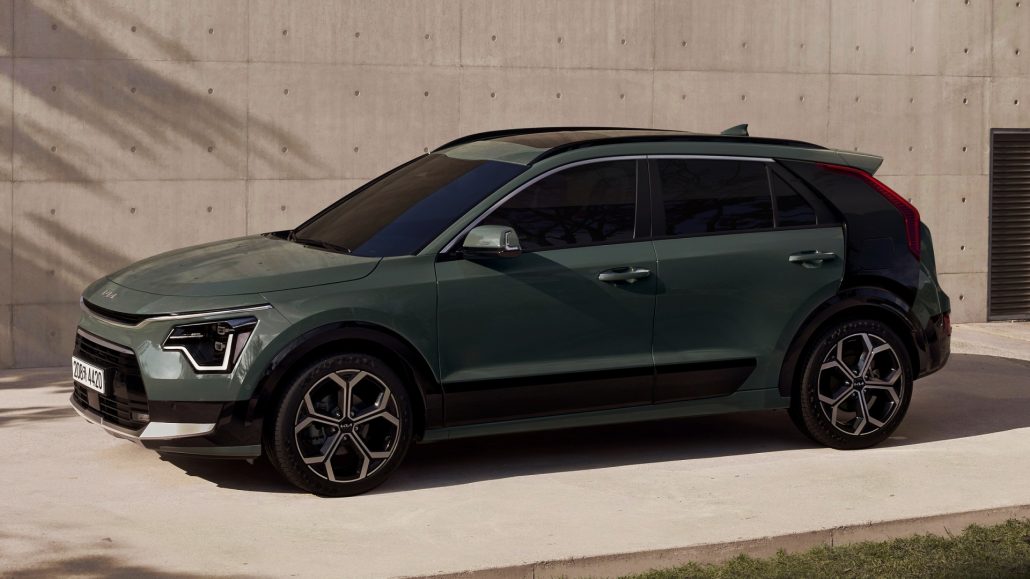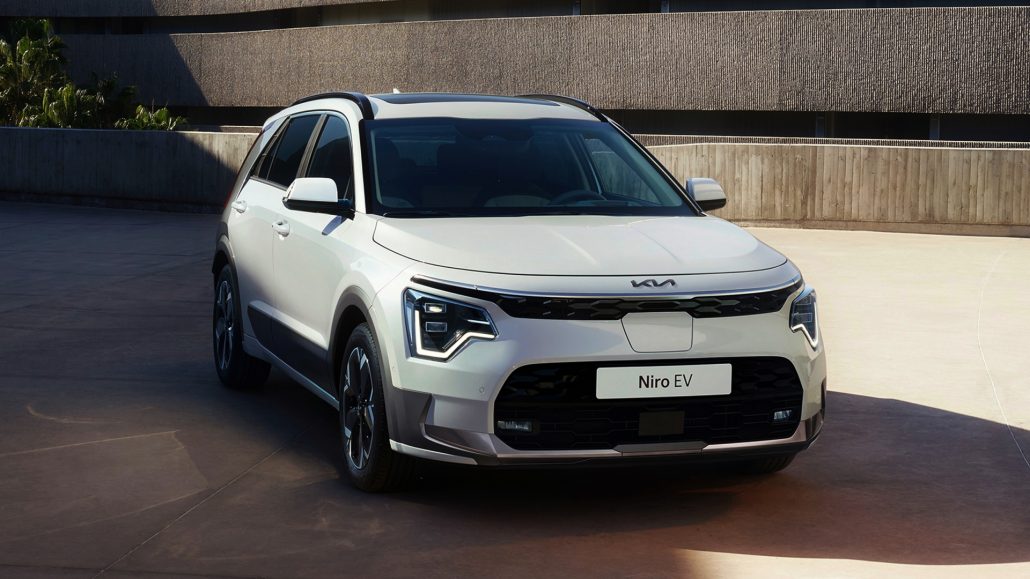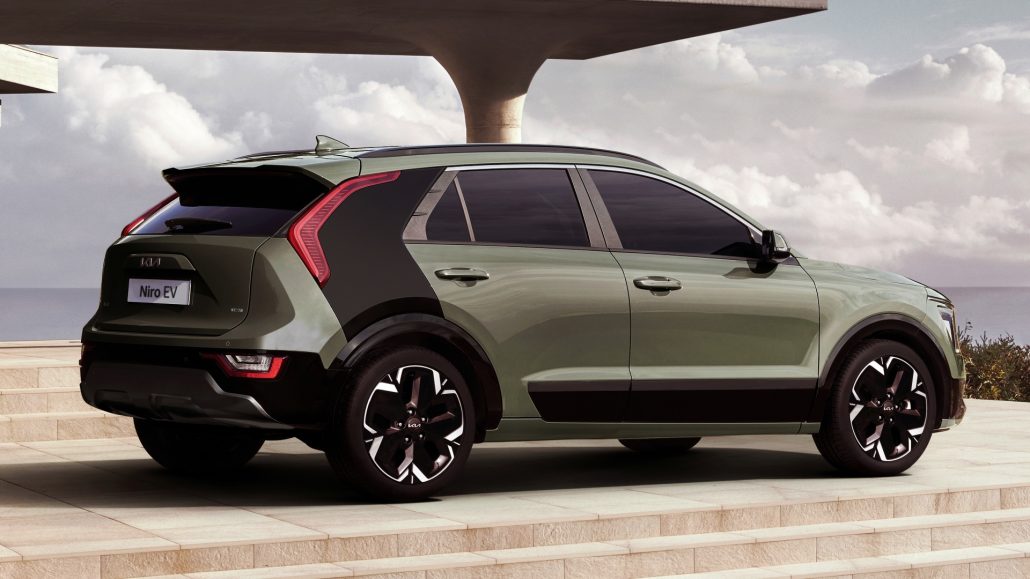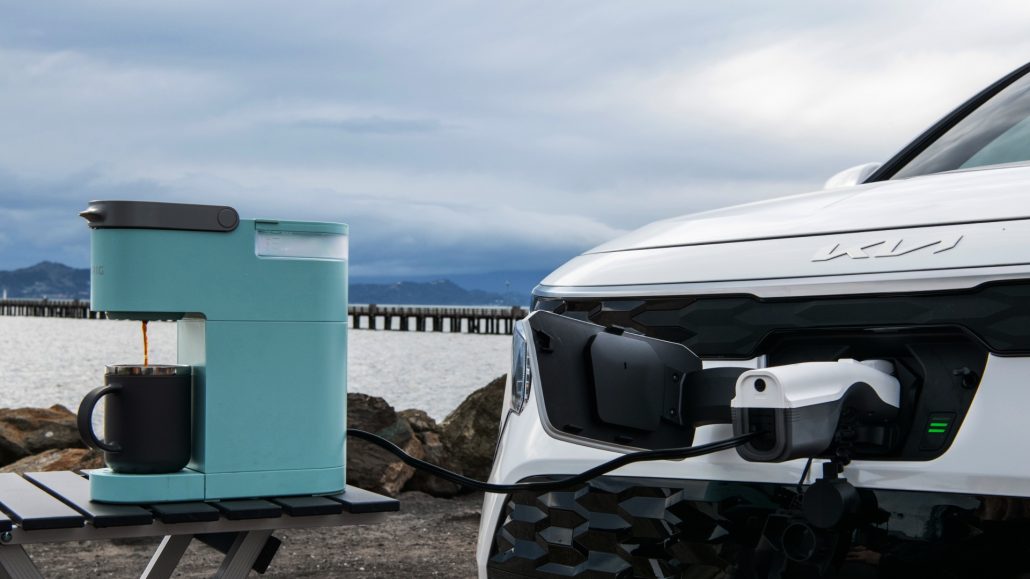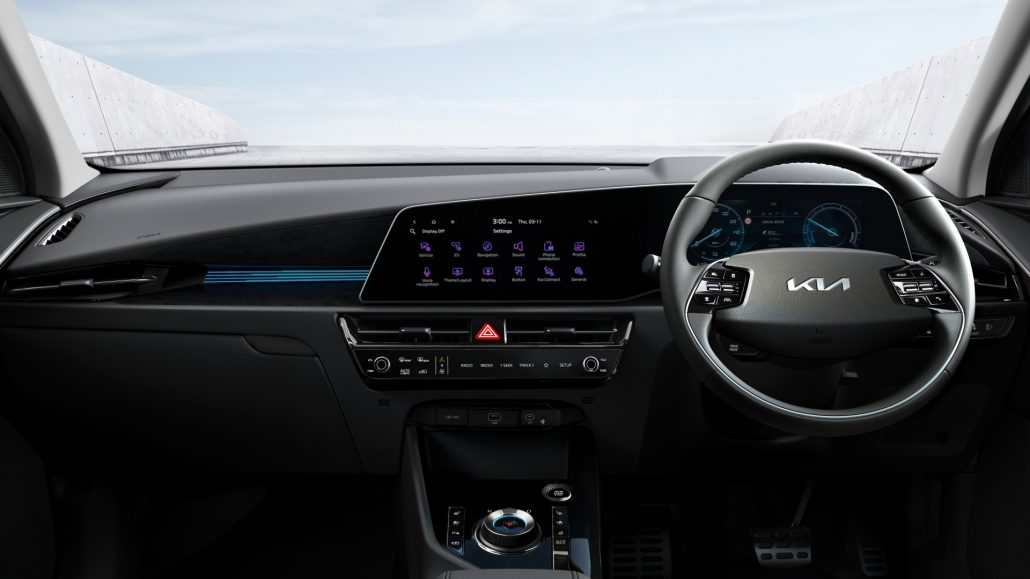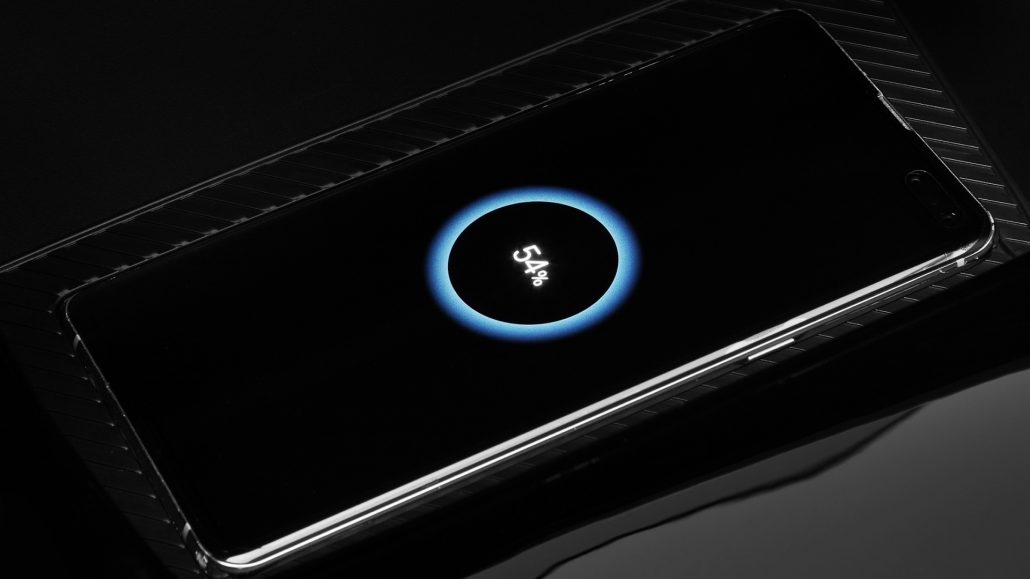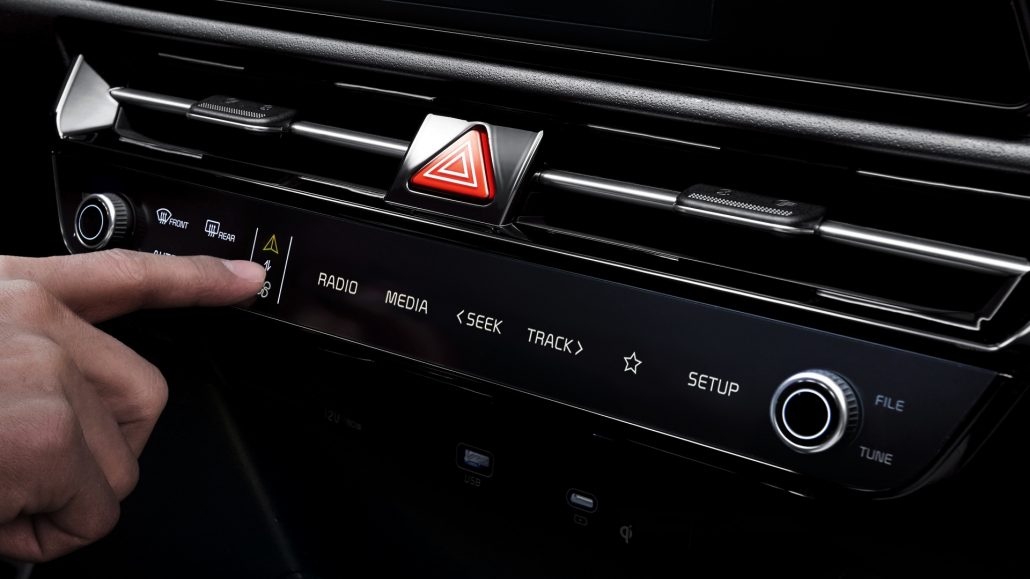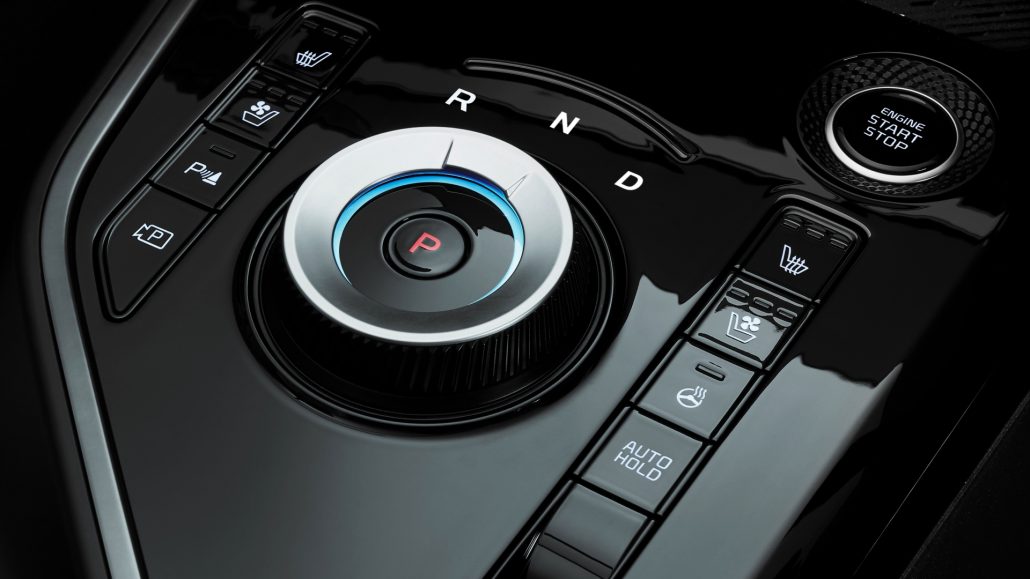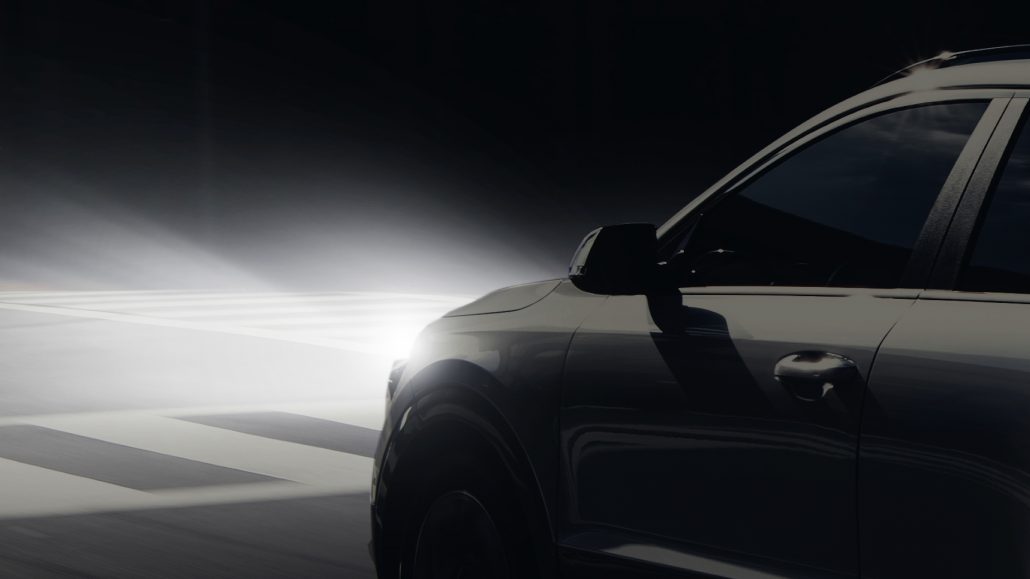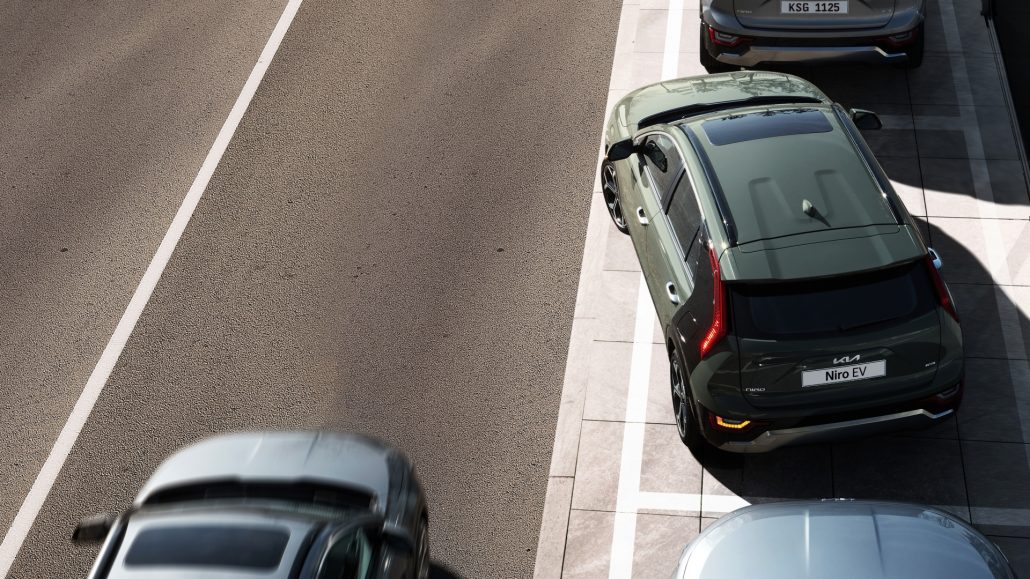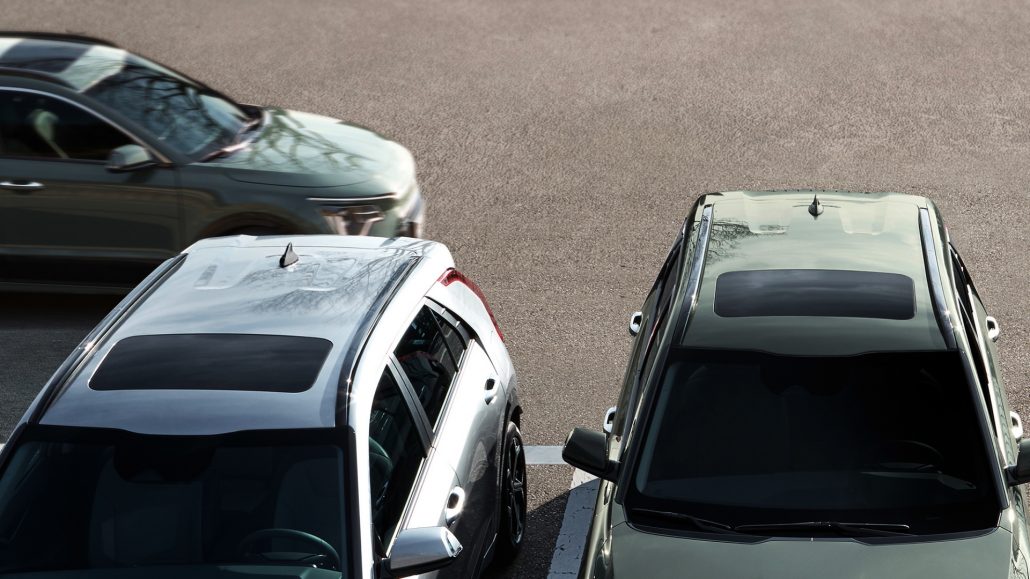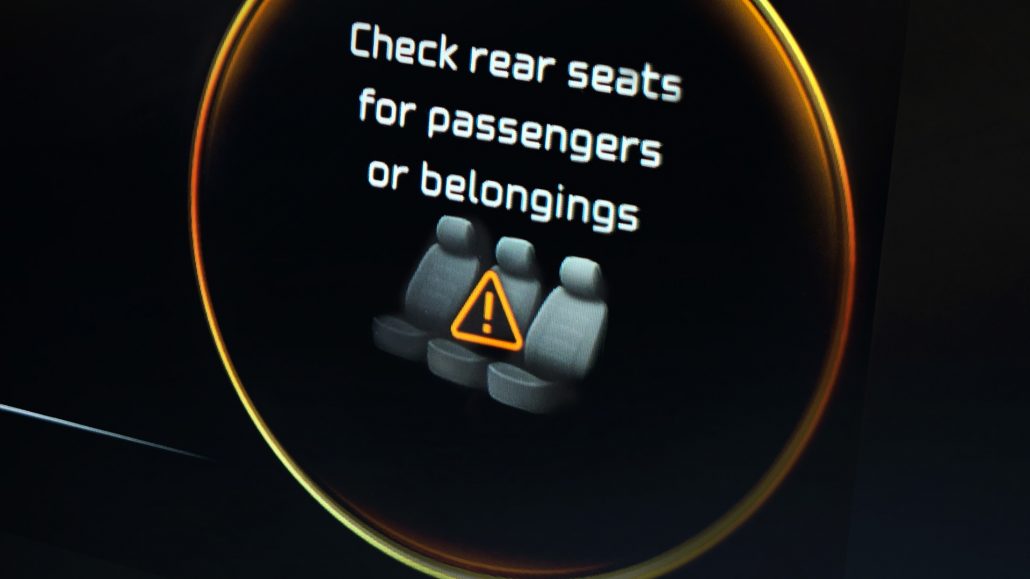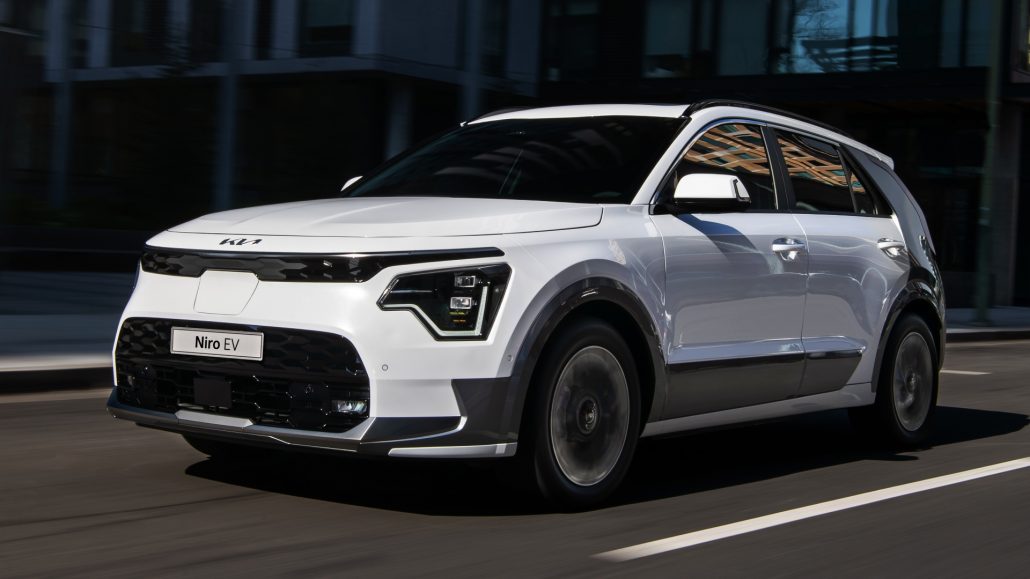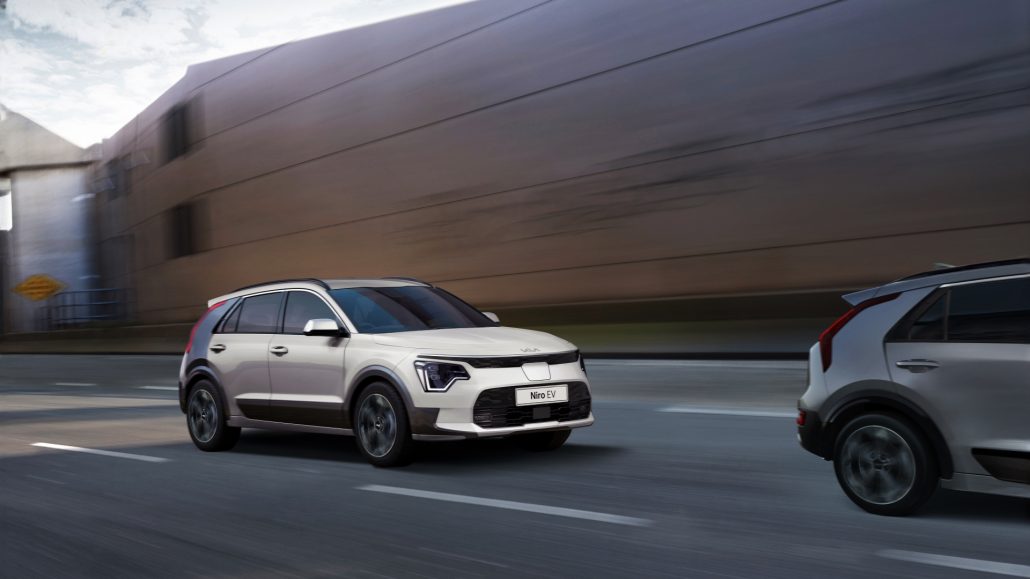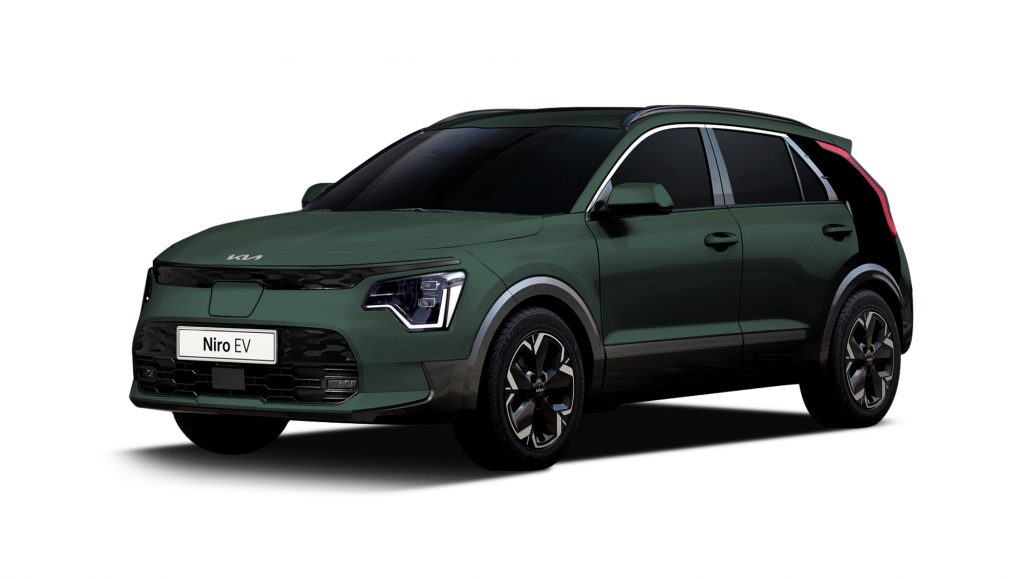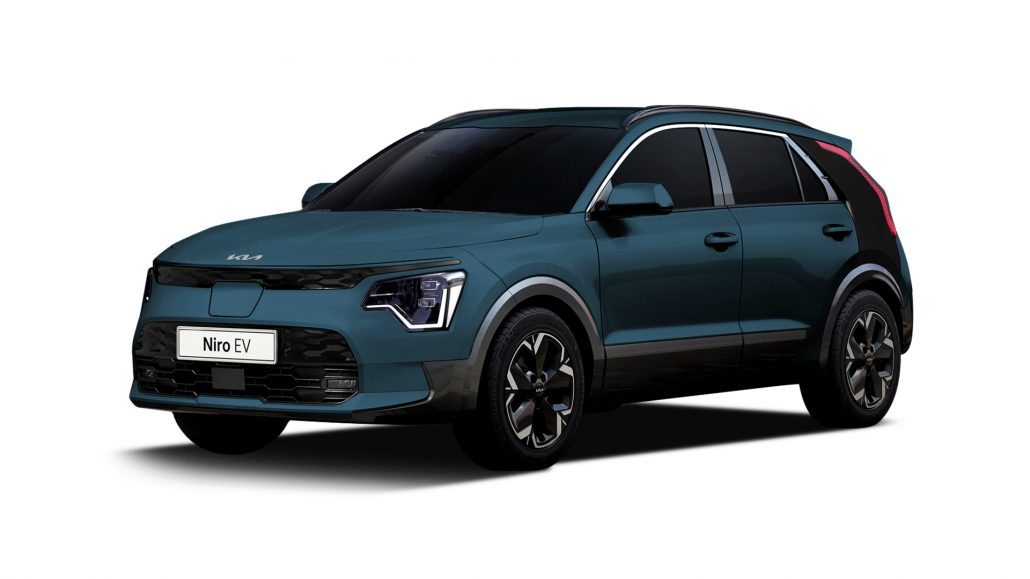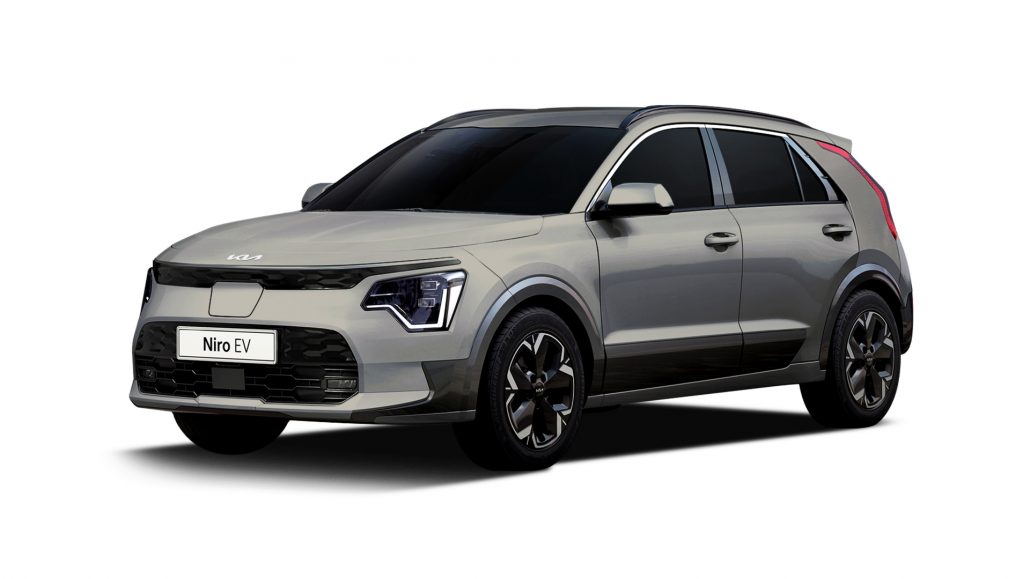Kia EV9 Launched in Malaysia – GT-Line AWD, 505km, 7-Seats, RM370k
BERMAZ, the official distributor for Kia in Malaysia, has today unveiled the new EV9 flagship electric SUV, offering unparalleled levels of practicality in the EV space for a very competitive price. Available as a sole GT-Line AWD with either 6- or 7-seats, the EV9 will start from RM369,668 on-the-road (without insurance).
The Kia EV9 is the largest EV by Kia thus far, and is arguably one of the largest vehicles produced by the brand. It’ll slot above the Kia EV6 and Niro EV, and is among one of very few large-size EVs that offer three rows of seating. The nearest competitor now is the Mercedes-Benz EQS SUV, which comes in at a whisker under RM700k.
The EV9 will only come in a single GT-Line variant, and therefore only one powertrain option. Motivation comes from a pair of motors (one on each axle) with 385PS (combined) and 700Nm. Fed by a 99.8kWh lithium-ion battery, the EV9 can go from rest to 100km/h in just 5.3-seconds, and top out at 200km/h.
Built off of Kia’s 800V platform, the EV9 offers DC charging at up to 350kW, allowing the car to go from 10%-80% in just 24-minutes. AC is limited at 11kW, so dead-to-full takes a little over 10-hours. And as per usual, there’s a Vehicle-to-Load (V2L) system available too.
Standard features are aplenty with the EV9, befitting its flagship status. All cars ride on 21-inch alloy wheels, while lighting all-around is managed by full-LEDs all around. You get automatic headlights & wipers, keyless entry and go, an electric tailgate, 360º camera and parking sensors. In addition to that we also get (as standard fitment) a pair of camera-system side mirrors in place of traditional glass – the feed is displayed on a pair of screens inside of the car, and also improves aerodynamics.
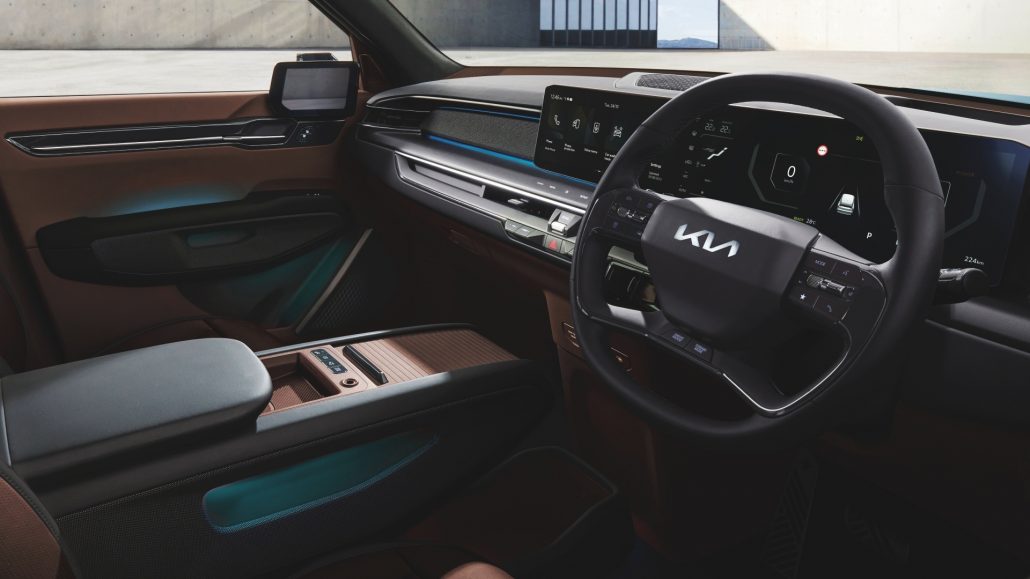
Inside you also get the usual Kia digital displays, with twin 12.3-inch screens doing duty for instrumentation and infotainment. There’s also a small digital screen between them to handle HVAC controls. The rear-view mirror is also a screen, displaying a feed from the rear of the car, presumably to aid visibility when the car is fully-loaded with passengers. You also get a drive-mode selector, paddle shifters (for regenerative braking settings), a full-colour heads-up display, three-zone climate control (dual front, single rear), Apple CarPlay & Android Auto, a 14-speaker Meridian audio system, and leatherette upholstery (yes, no real leather).
Safety is very well catered for too, as expected from a large family car. The EV9 comes as standard with High-Beam Assist, Park Collision-Avoidance Assist (from all directions), blind-spot monitoring, rear cross-traffic alert with brake intervention, lane-keep assist, lane-tracing assist, adaptive cruise control with traffic jam assist, driver-attention warning, and collision avoidance assist (front, and blind-spot).
Passive safety systems include 7-airbags, that 360º camera system mentioned earlier, ABS, EBD, traction control, brake assist, electronic stability control, tyre-pressure monitoring, rear-occupant alert, safe-exit assist, brake auto-hold, and 4 ISOFIX mounts for the second and third row.
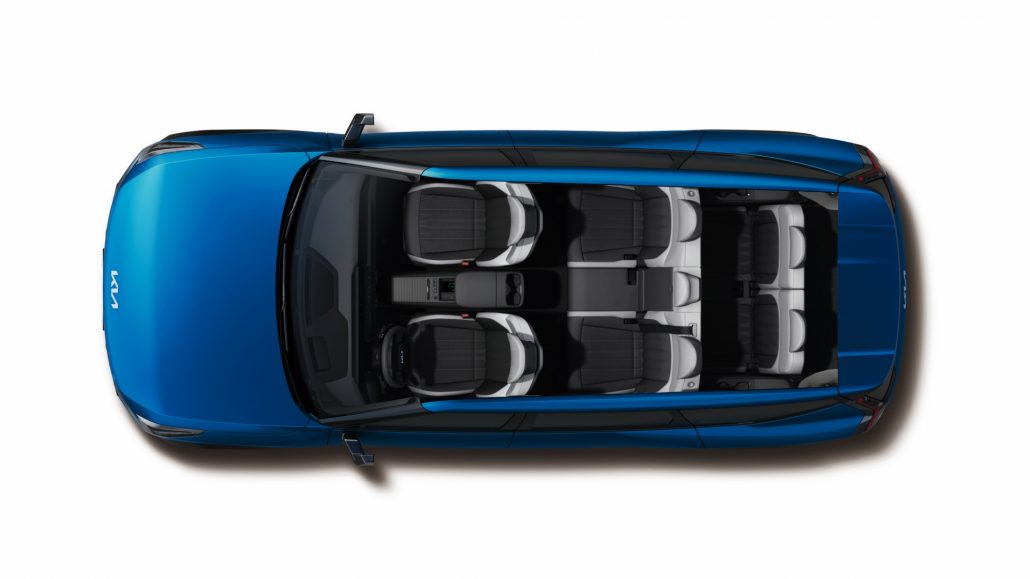
The only key differentiator between the two models is the seating arrangement: The 6-seater offers a pair of Relaxion captains’ chairs in the second row that offer power adjustment, ventilation, and heating, as well as massage functionality. The 7-seater offers a more practical bench, with a 60:40 split to expand on space.
Again, the Kia EV9 starts at RM369,668 for the 7-seater, and RM374,668 for the 6-seater. All cars come with a 5-year/150,000km warranty as well as an 8-year/160,000km battery & powertrain warranty. Colours offered are Ocean Blue, Snow Pearl White, Pebble Grey, Aurora Black Pearl, and a very fetching Iceberg Green.
GALLERY: 2024 KIA EV9
